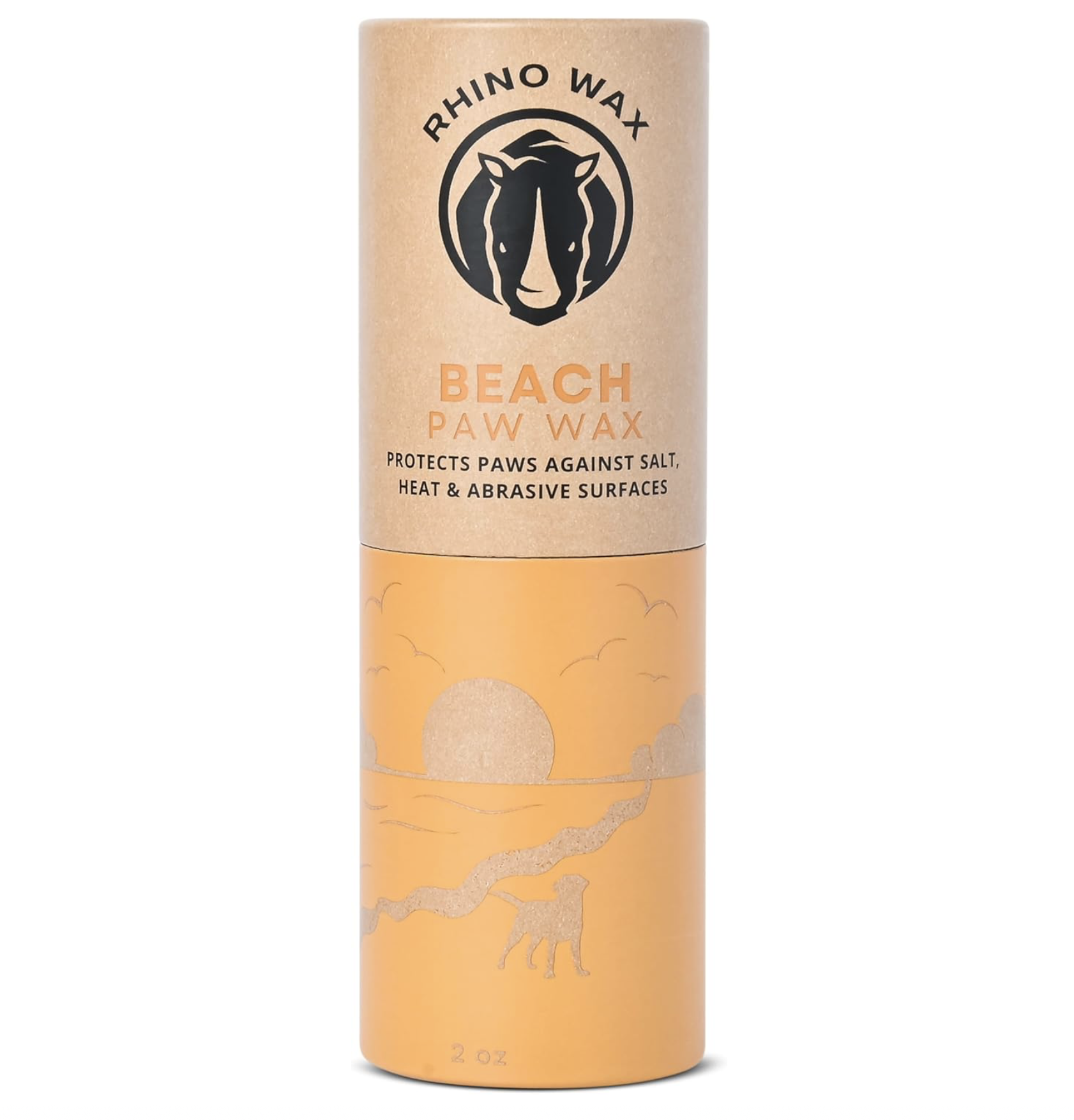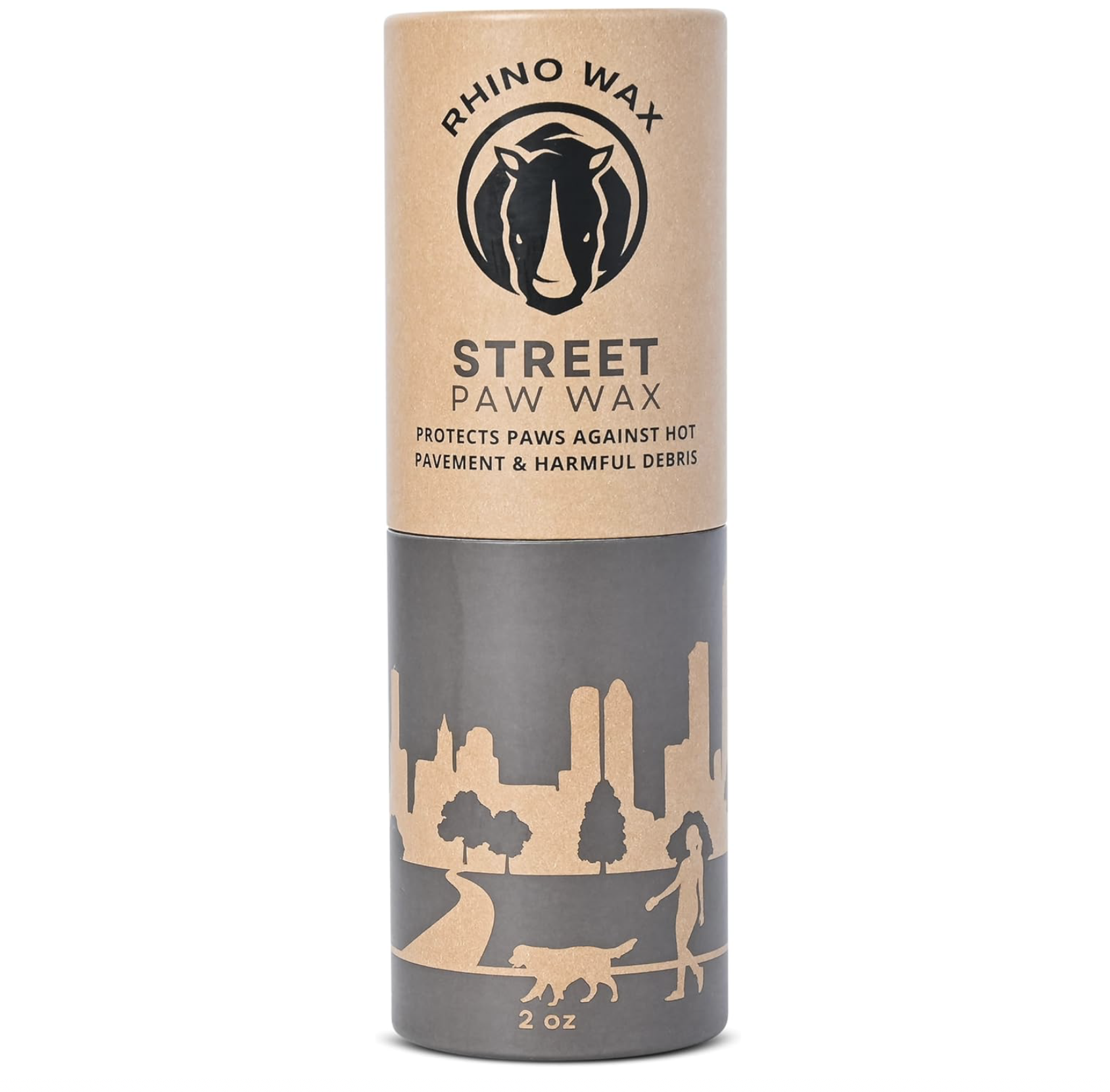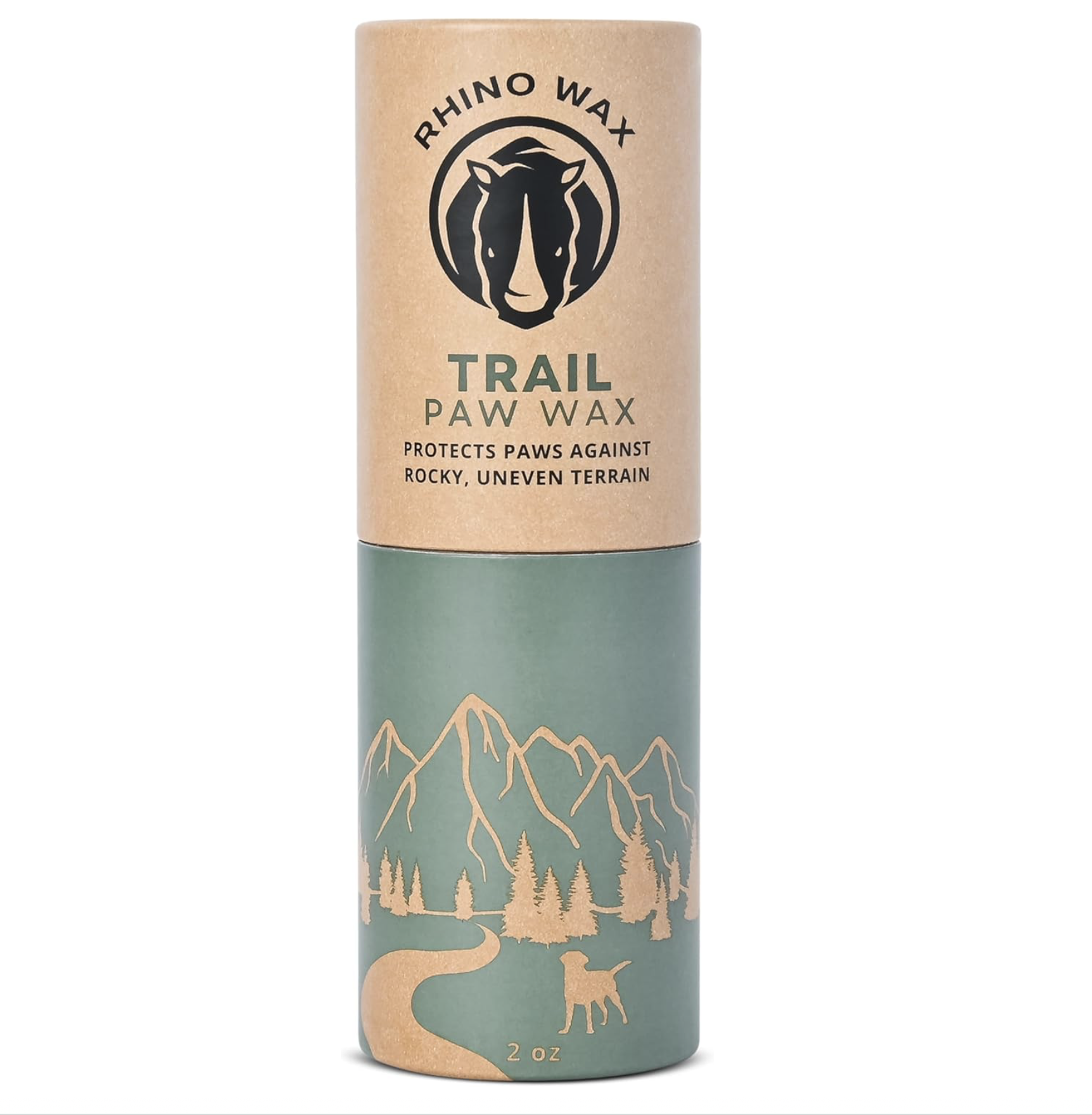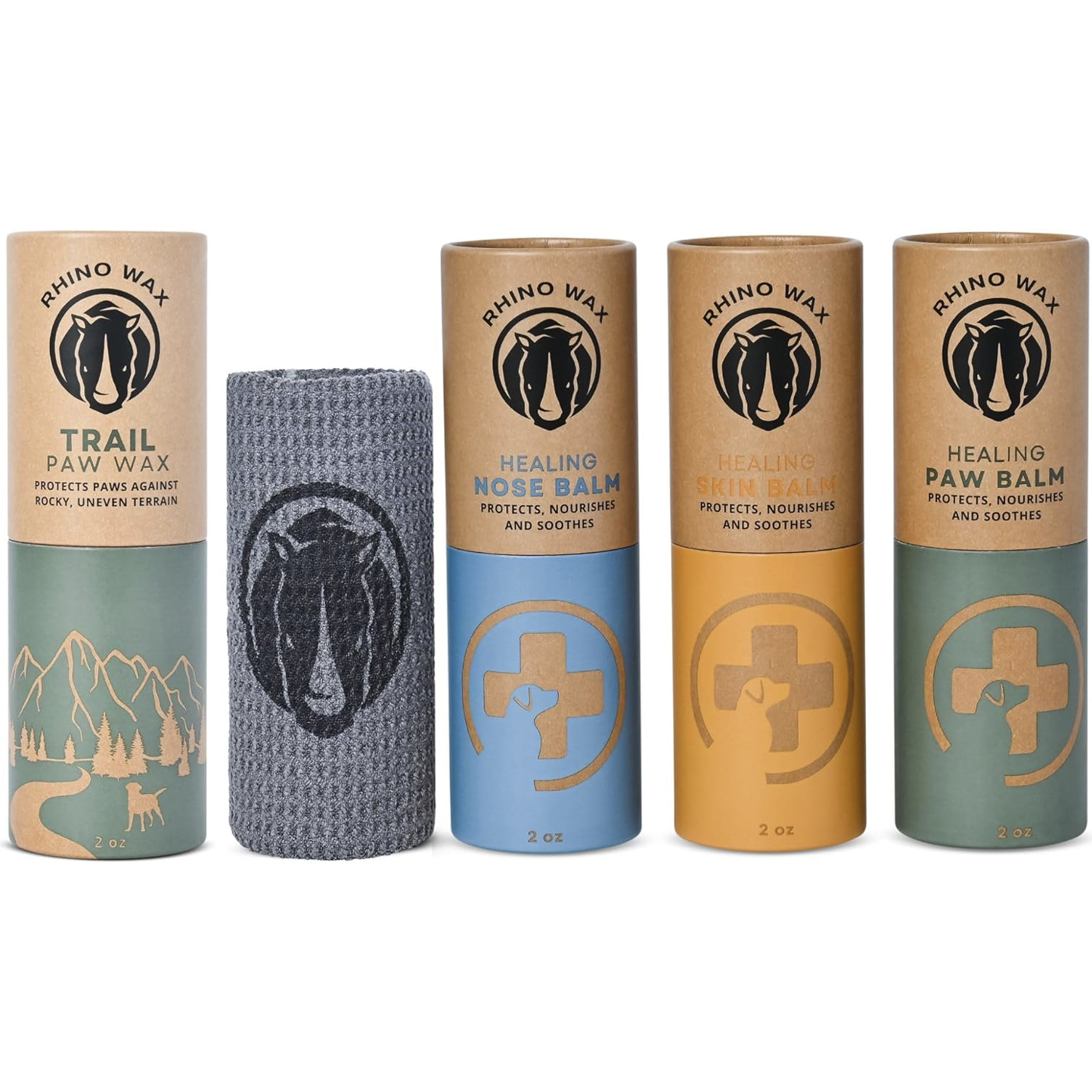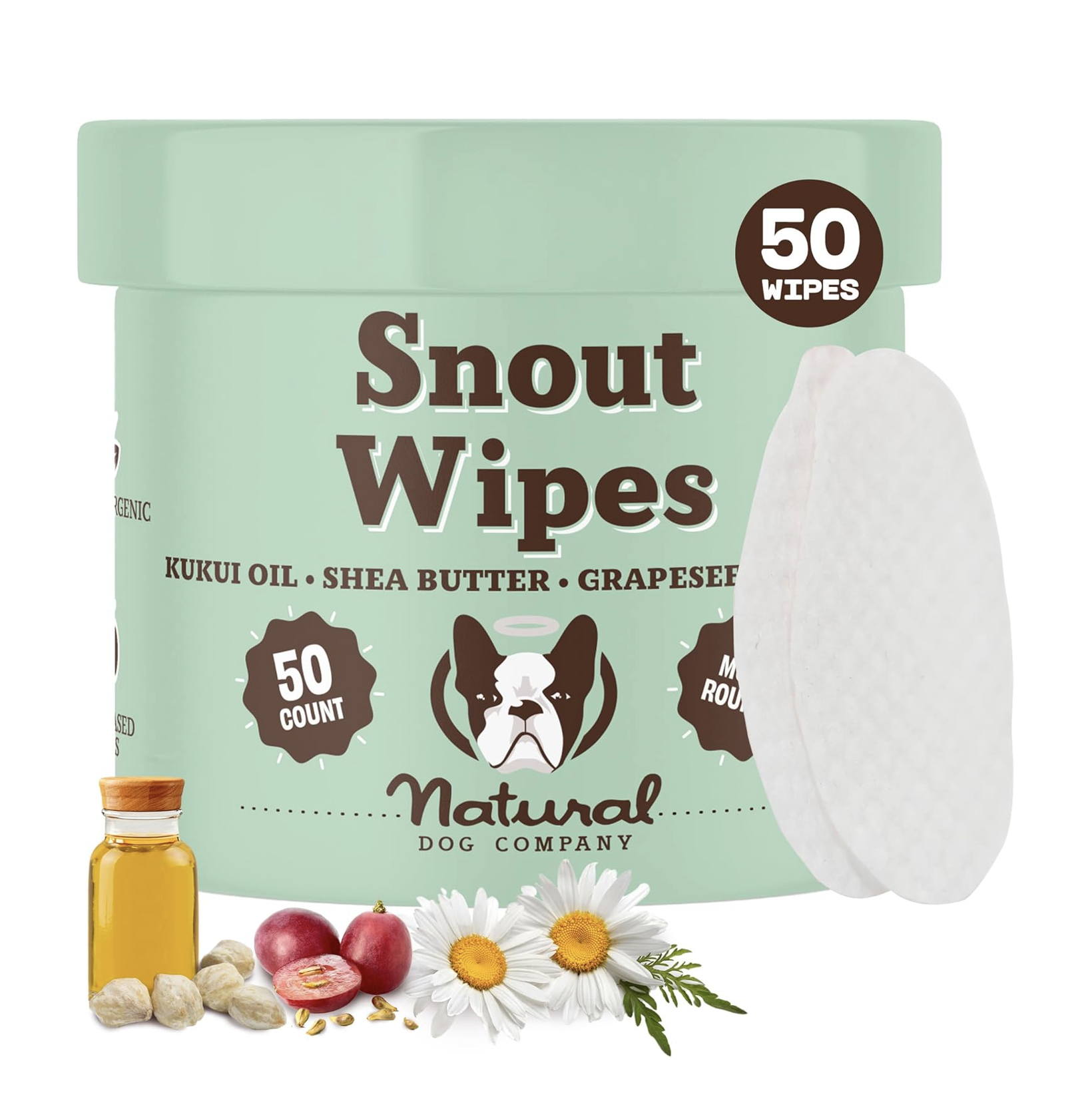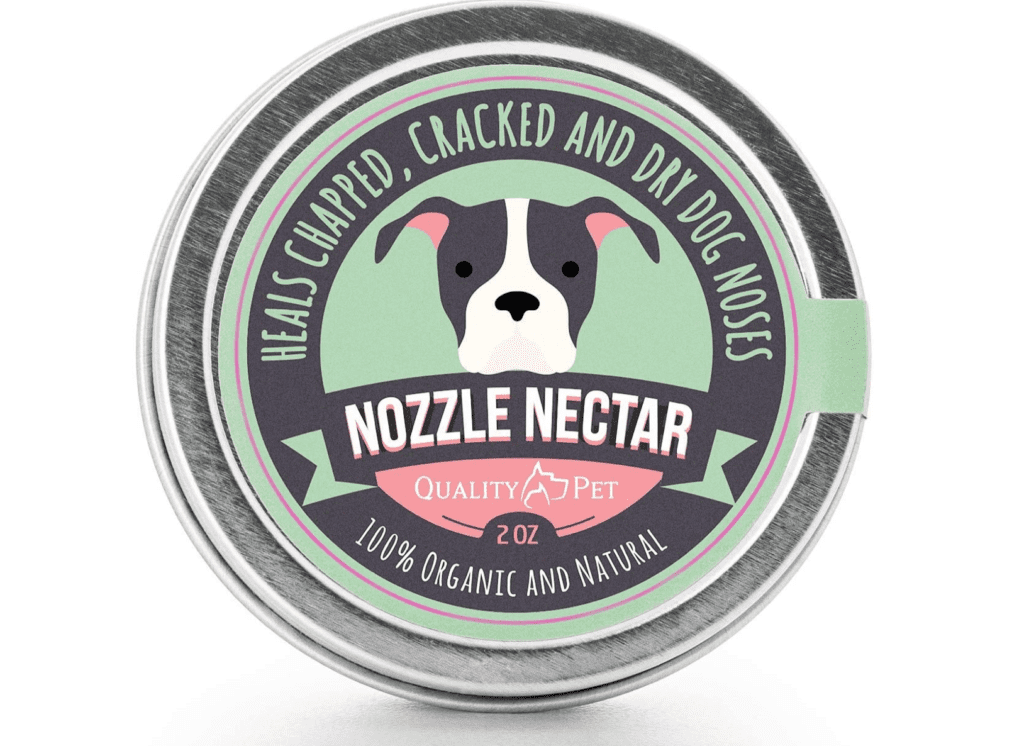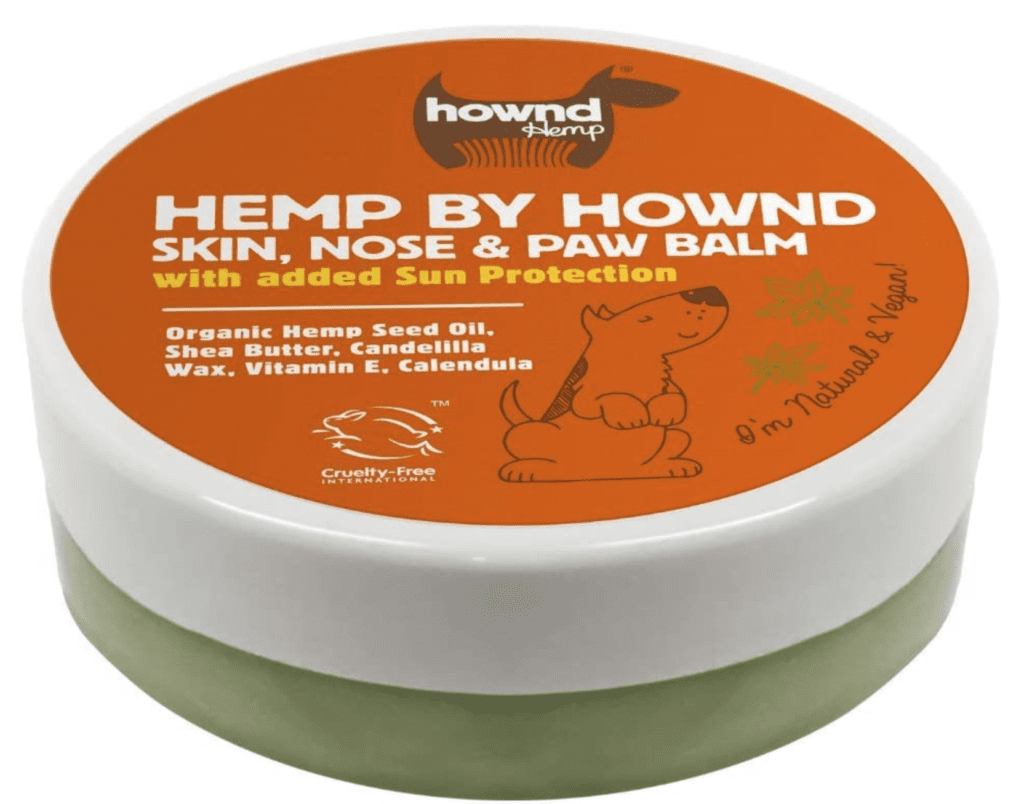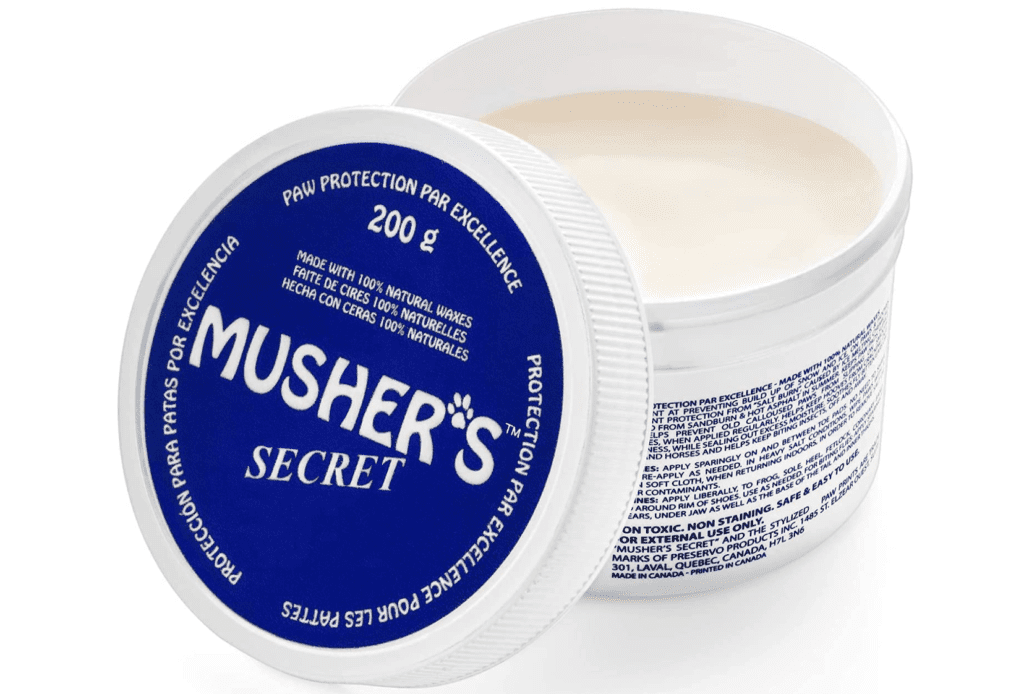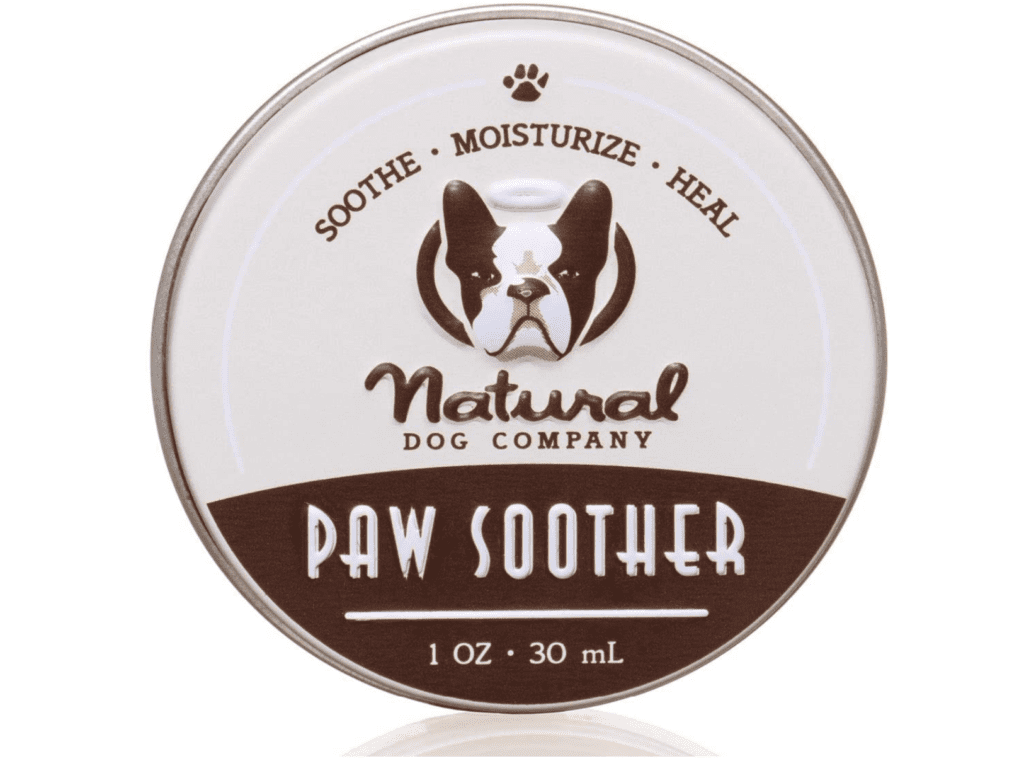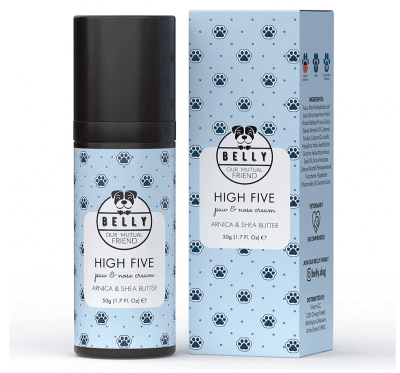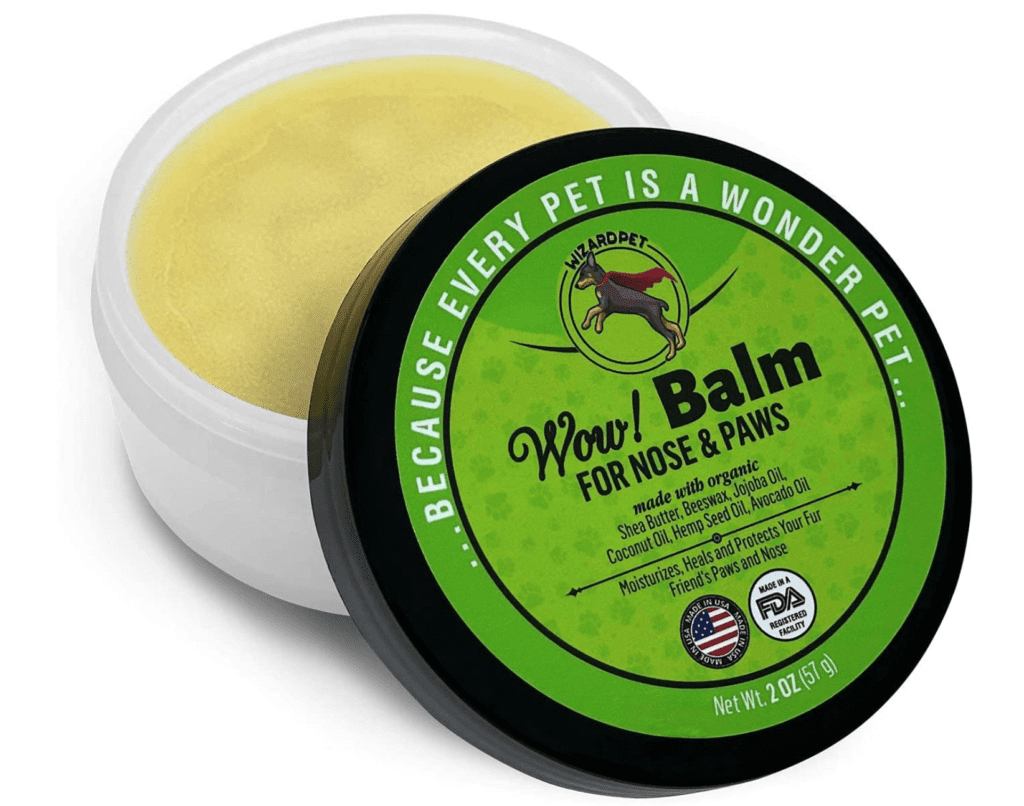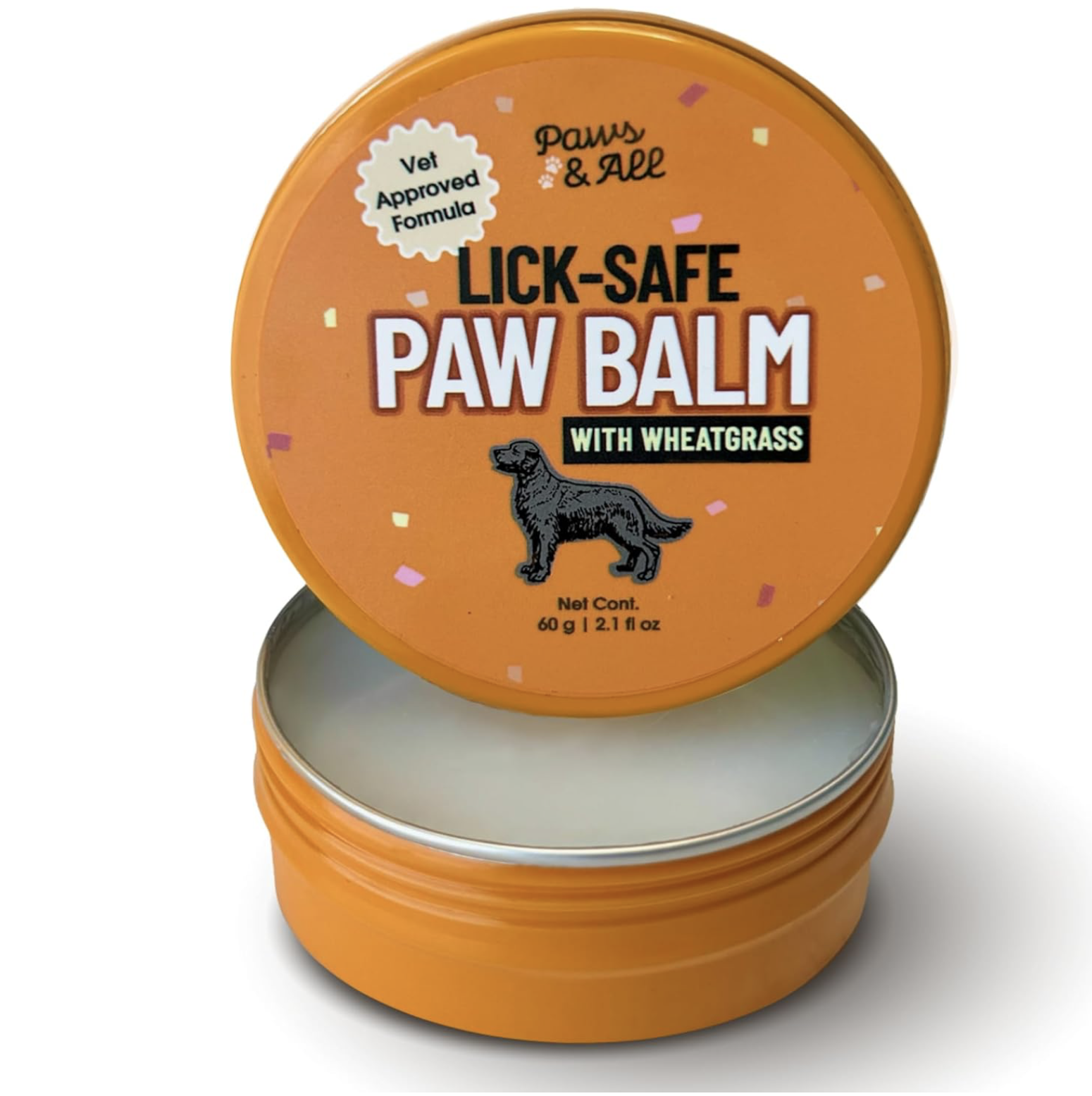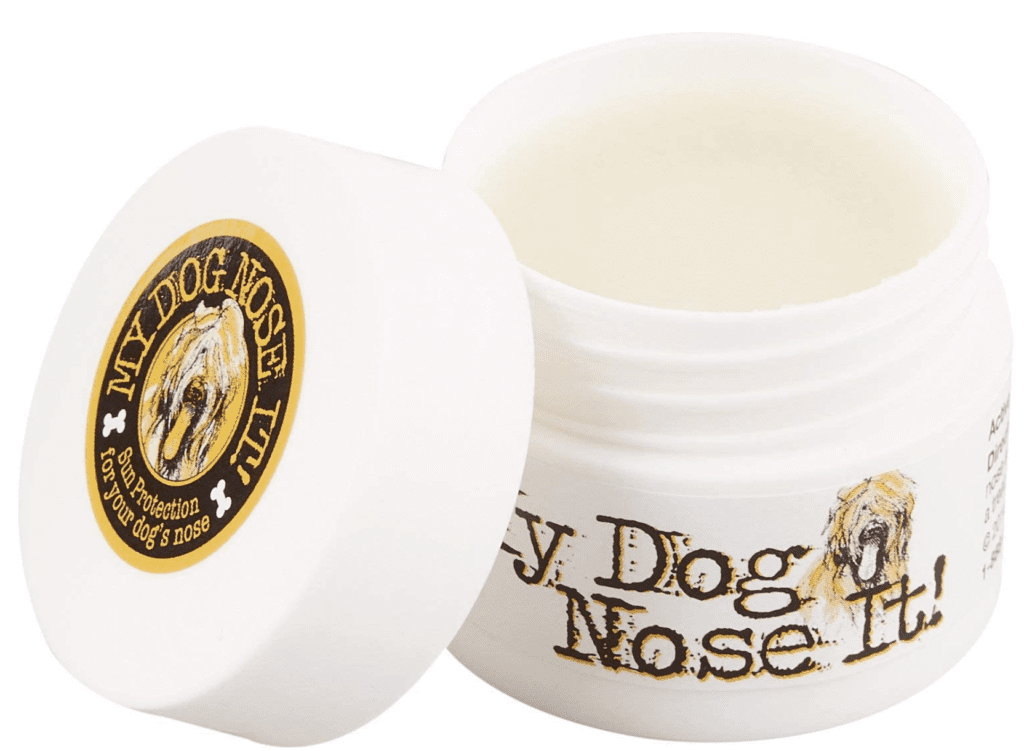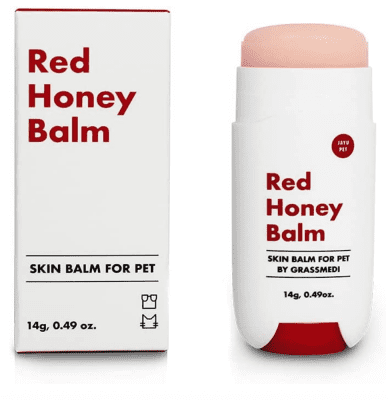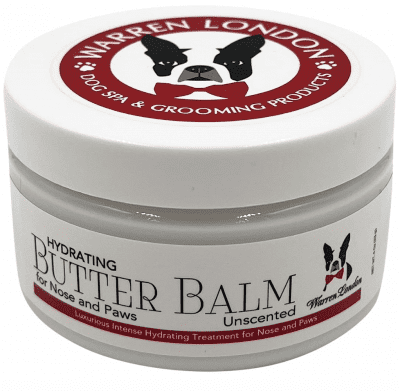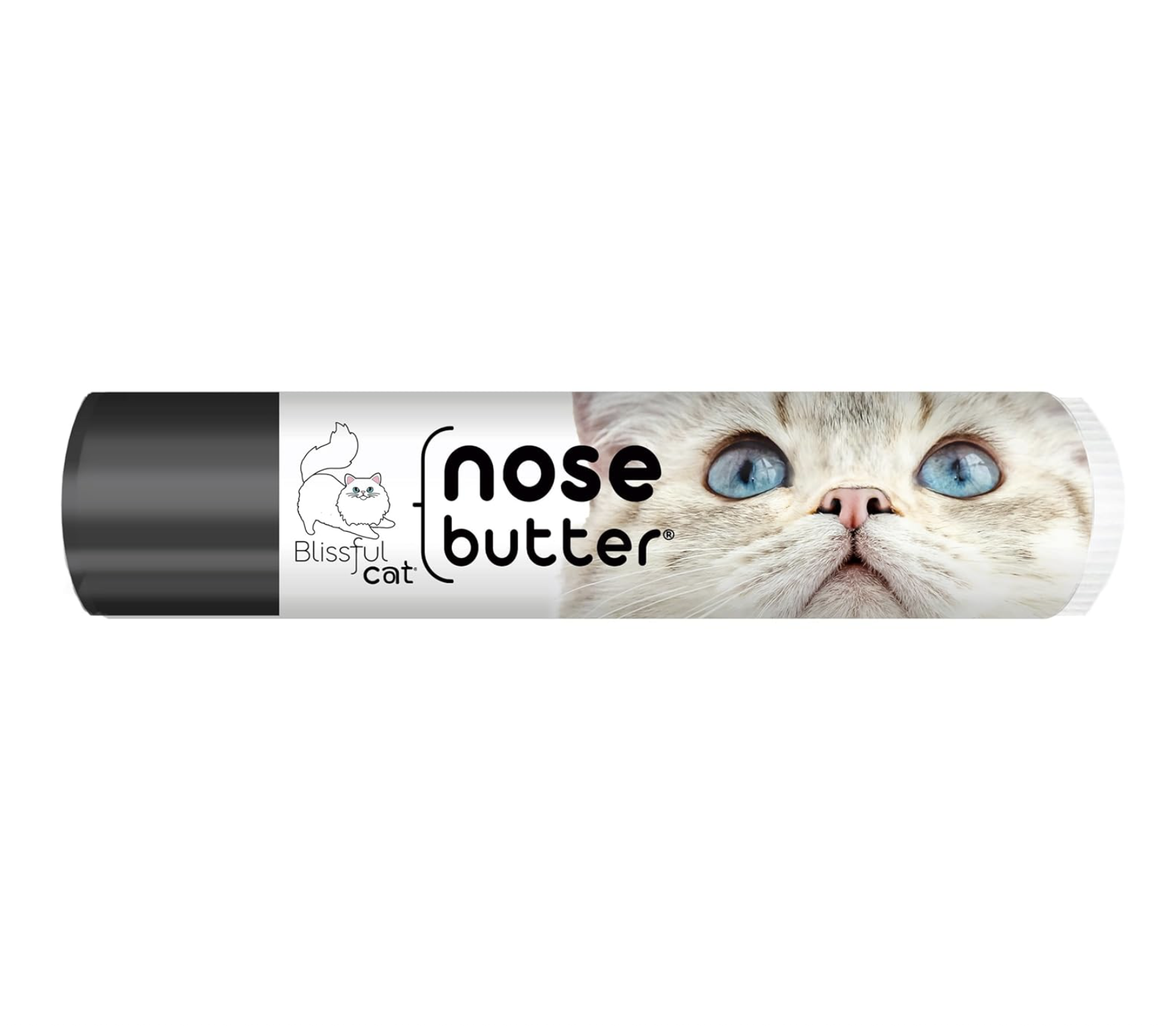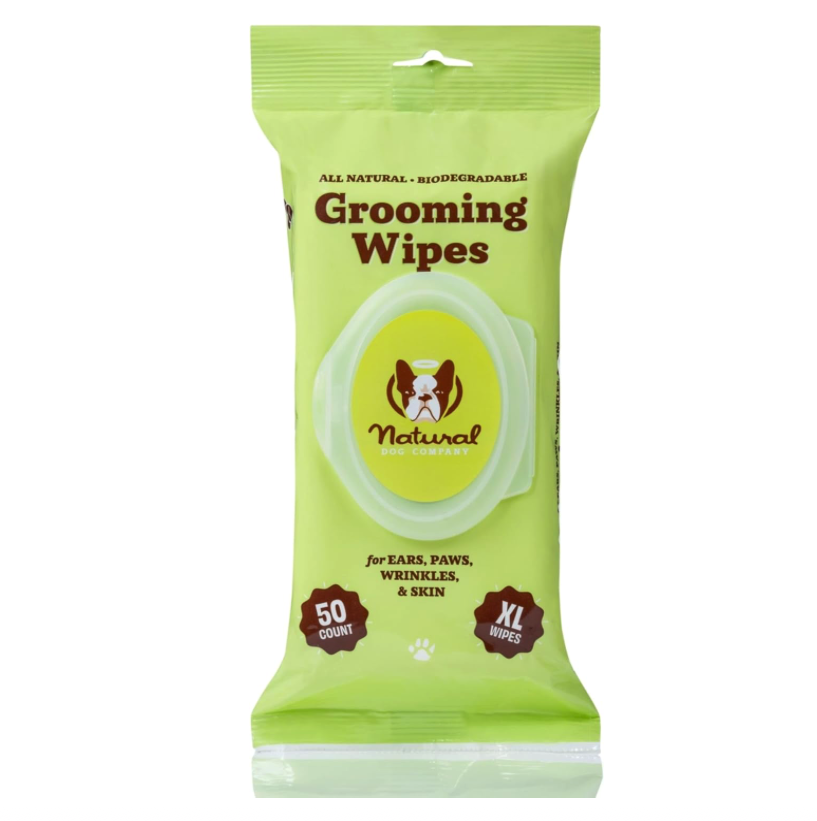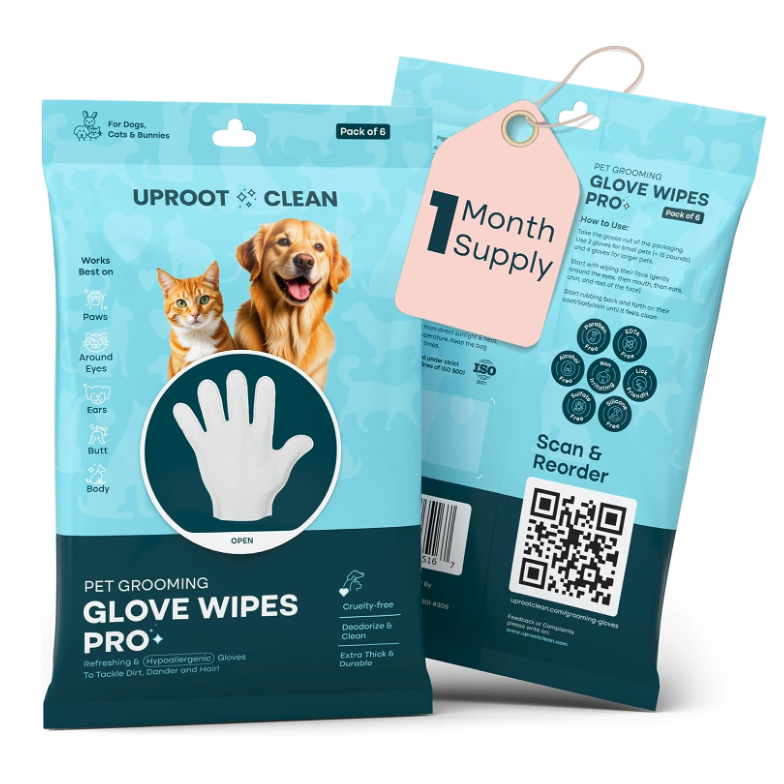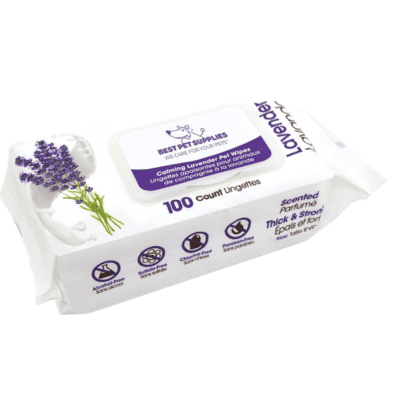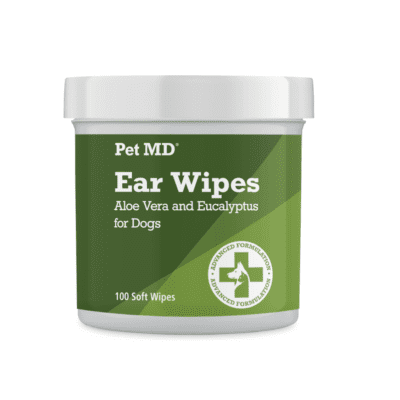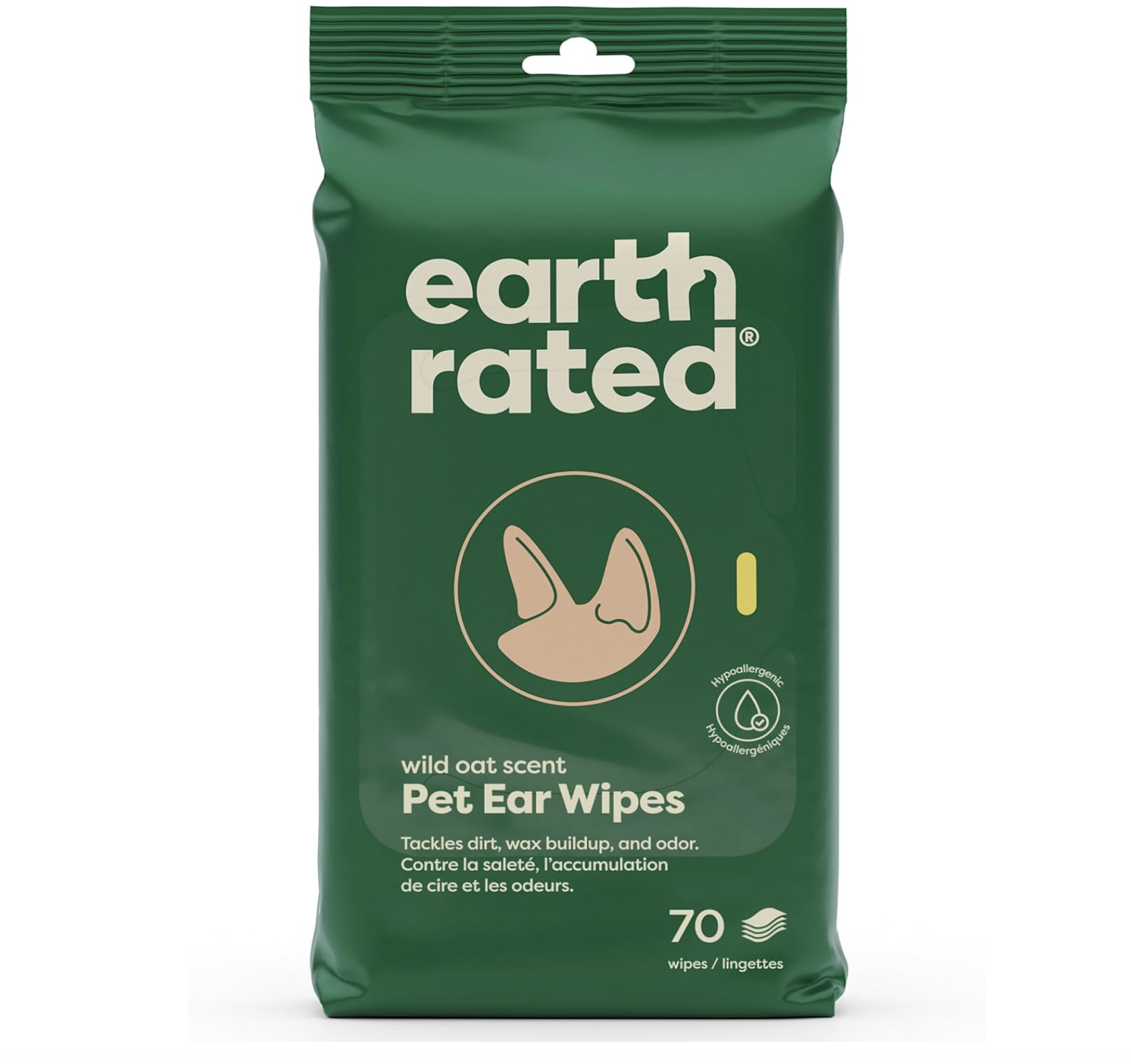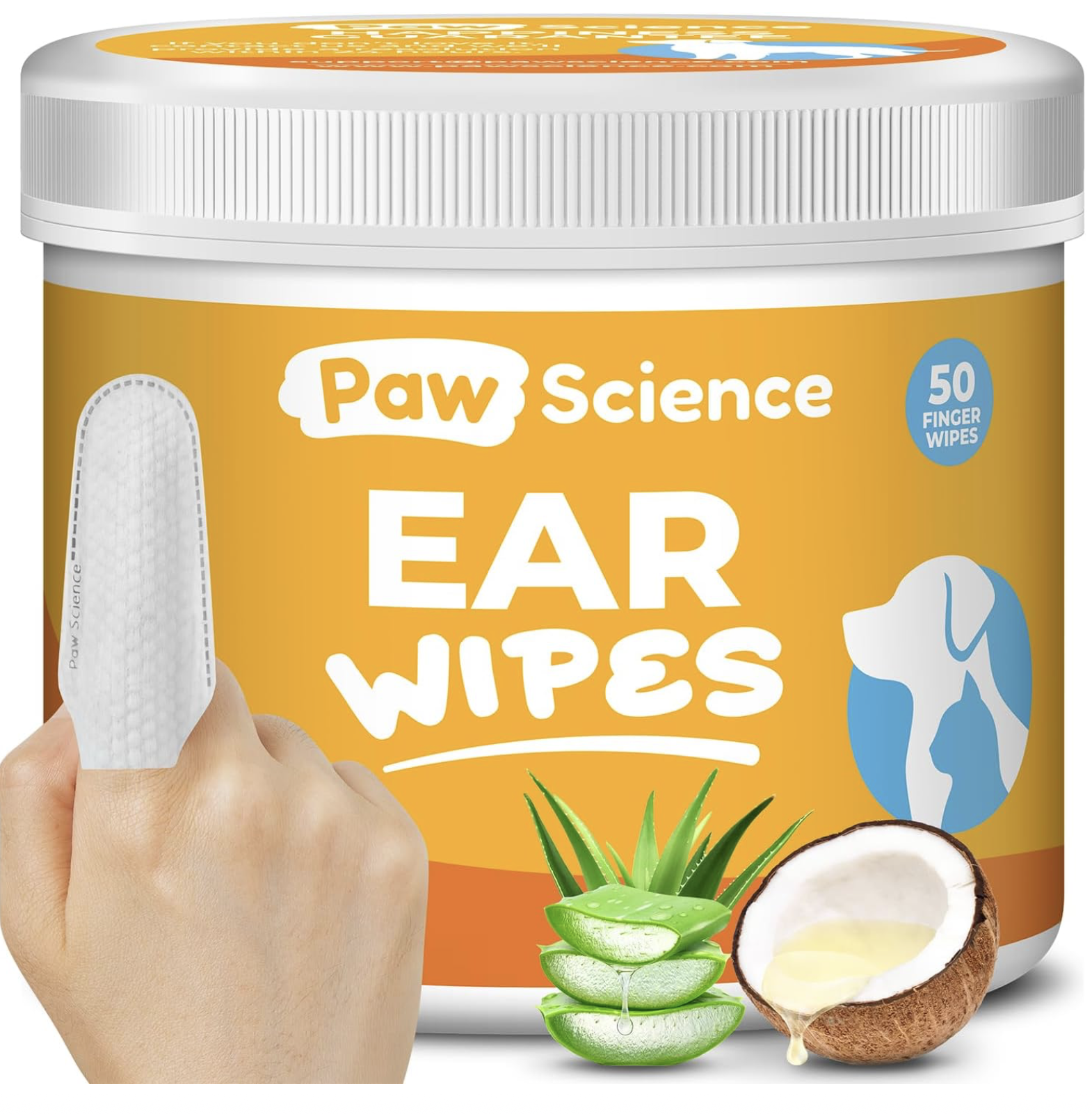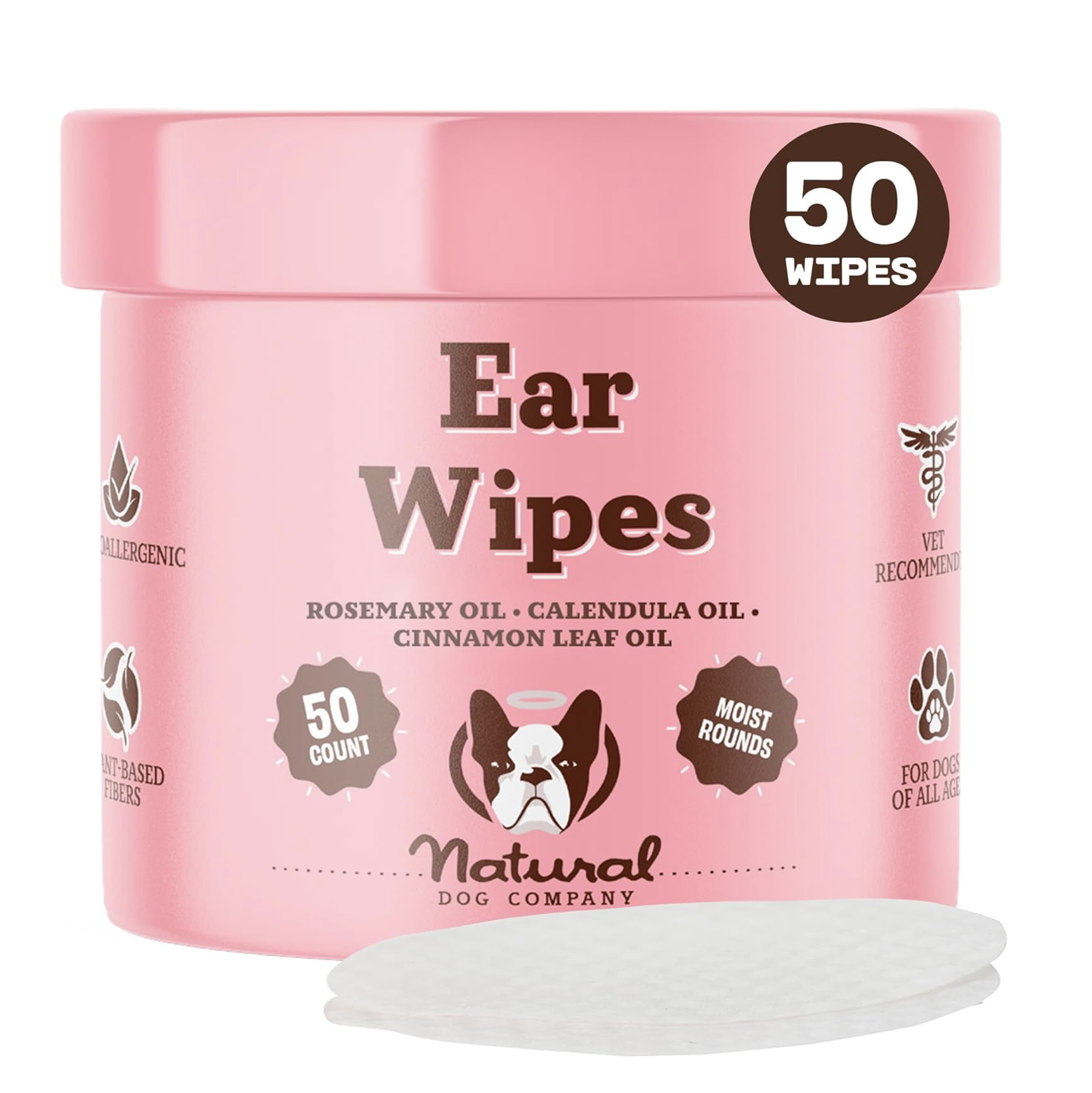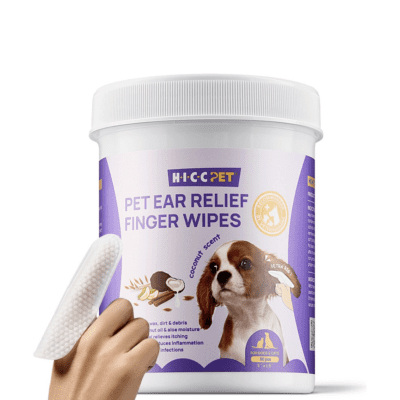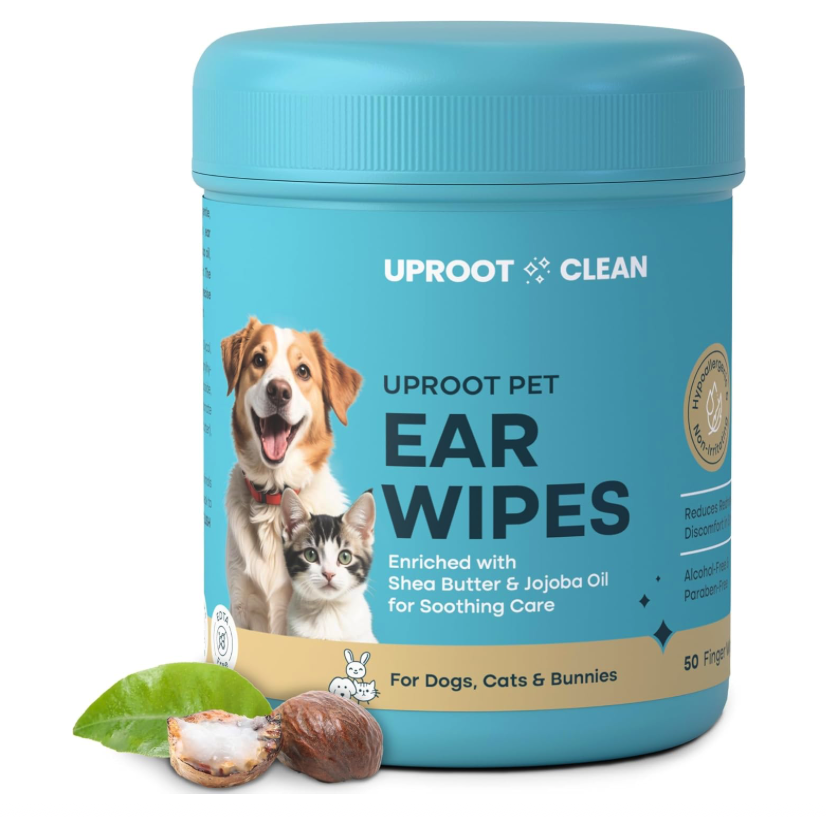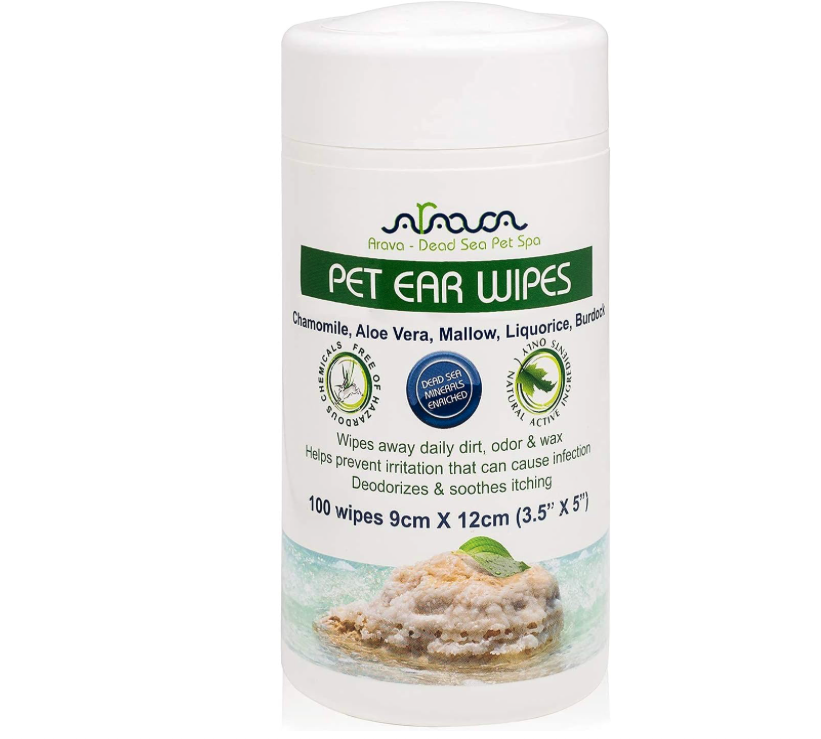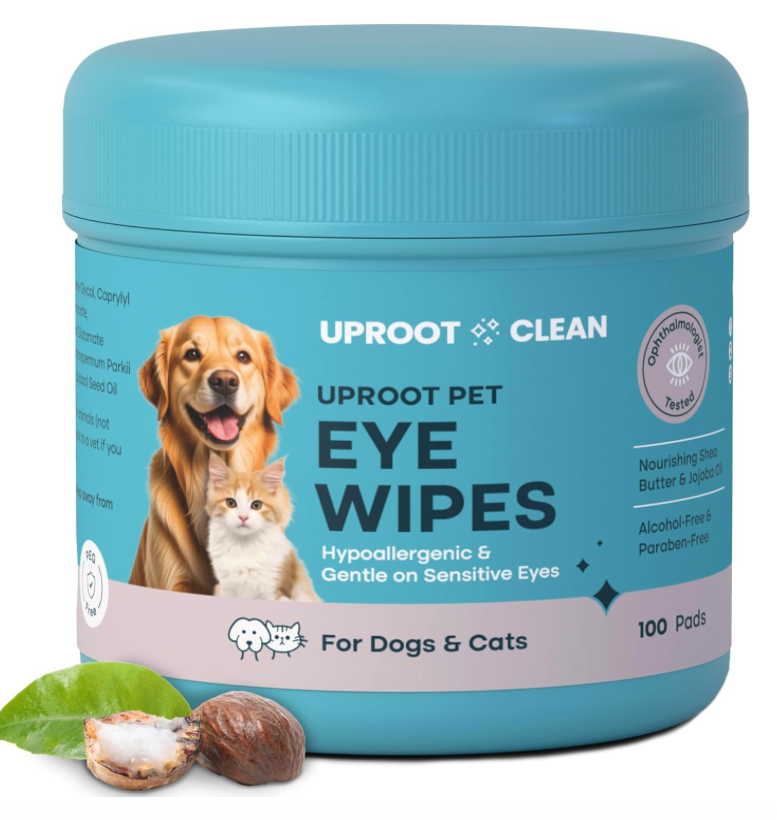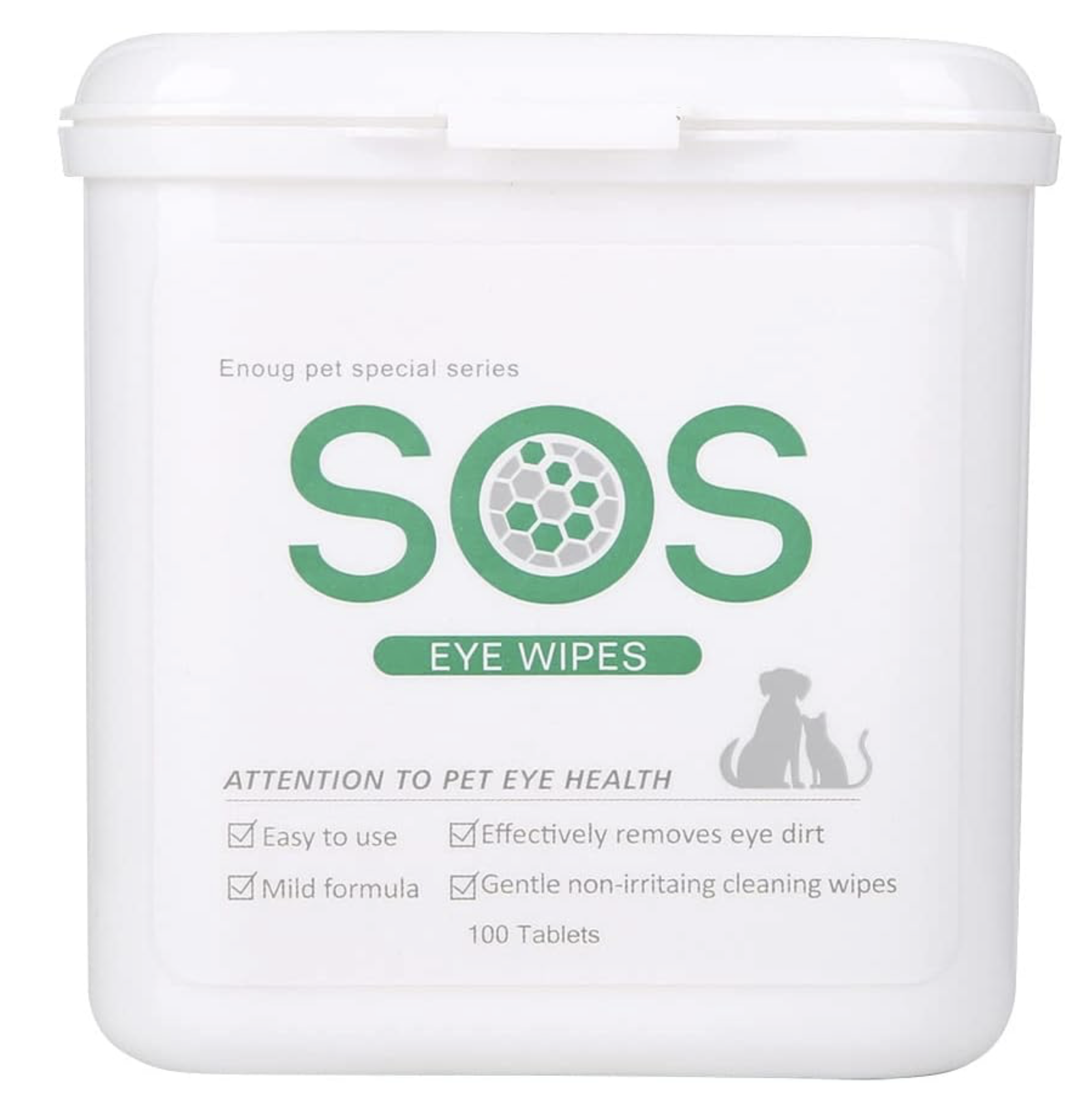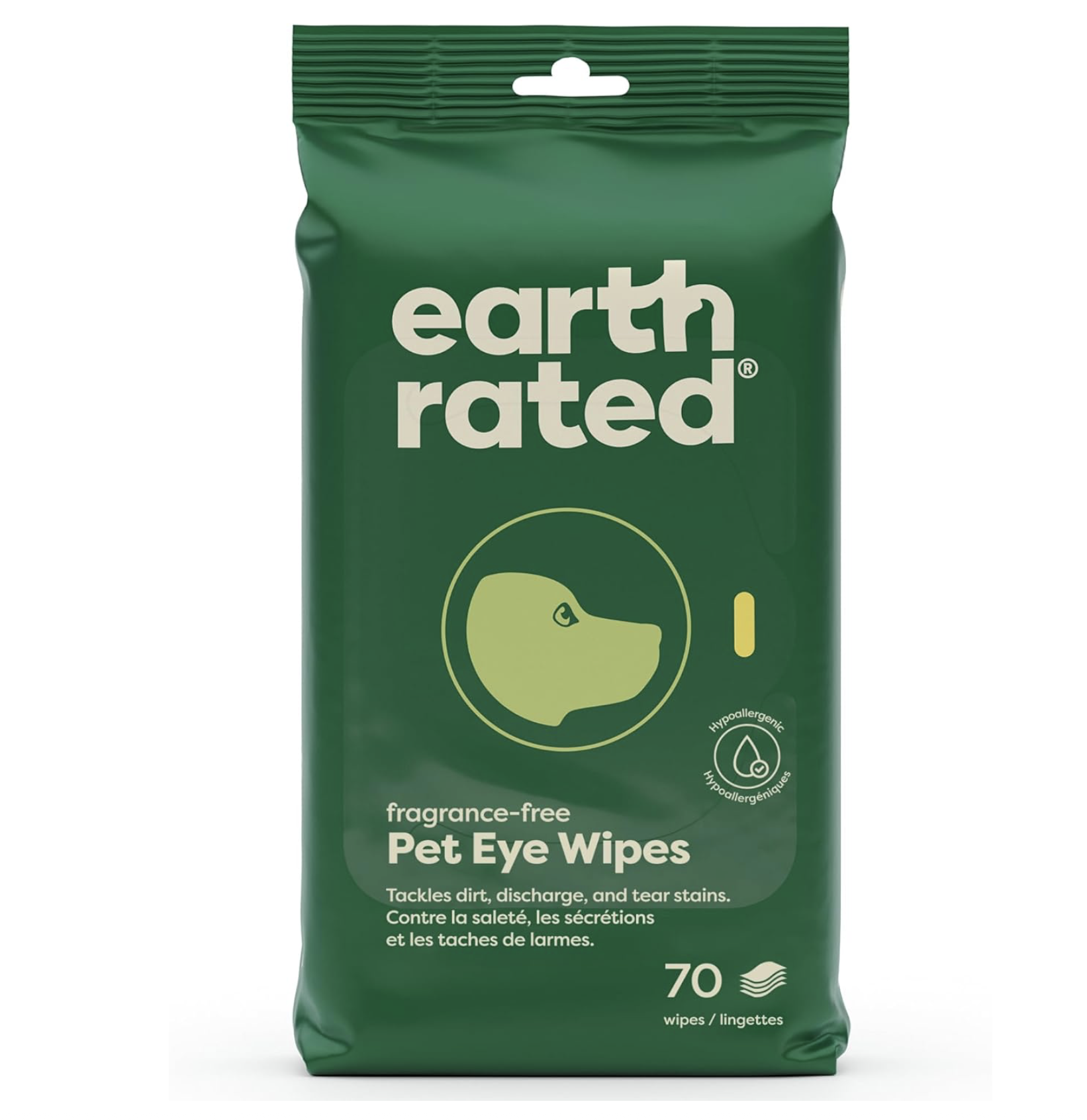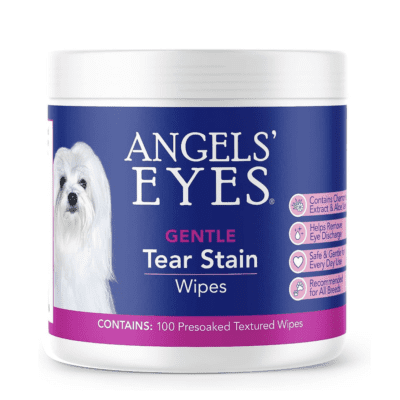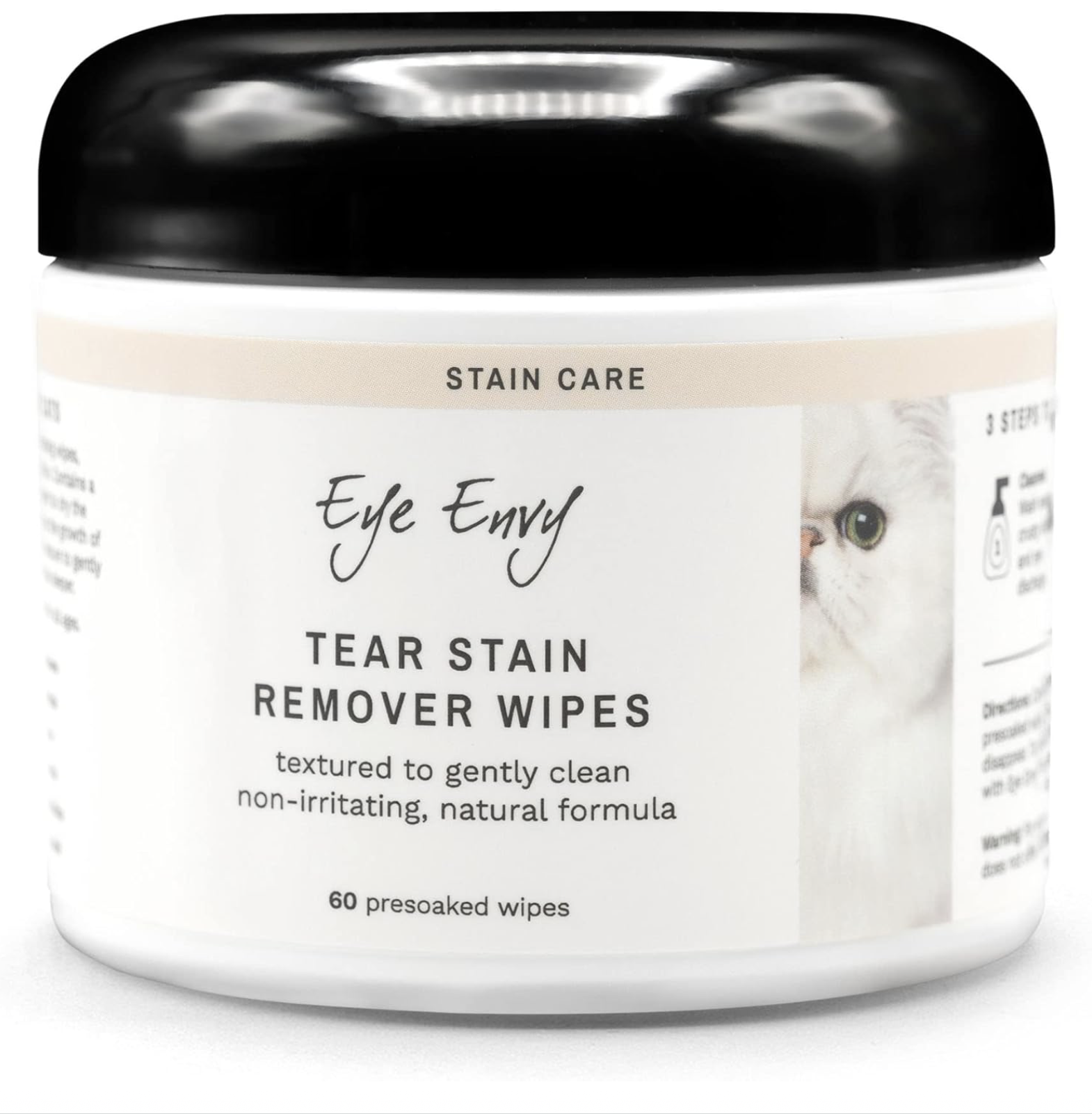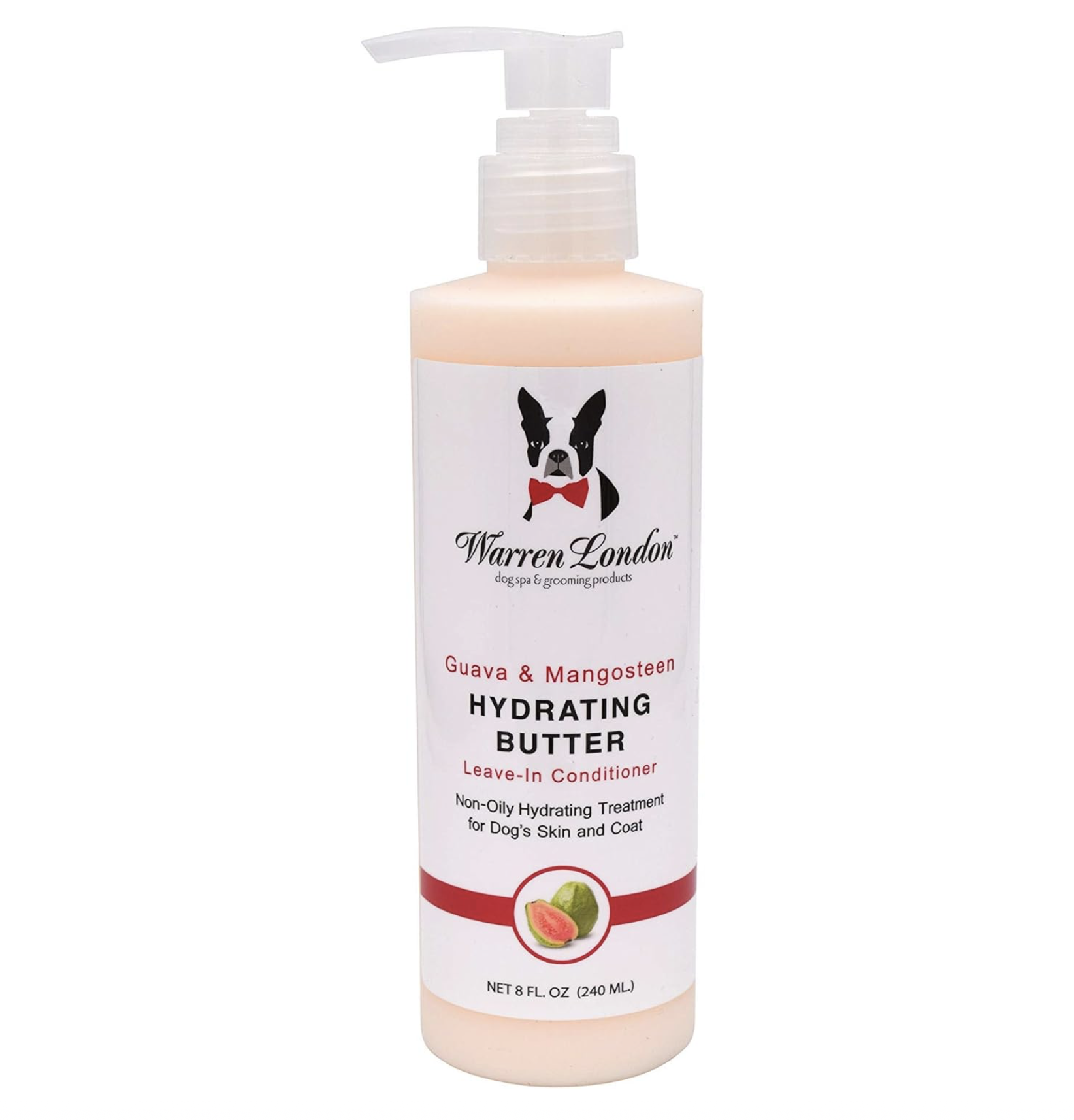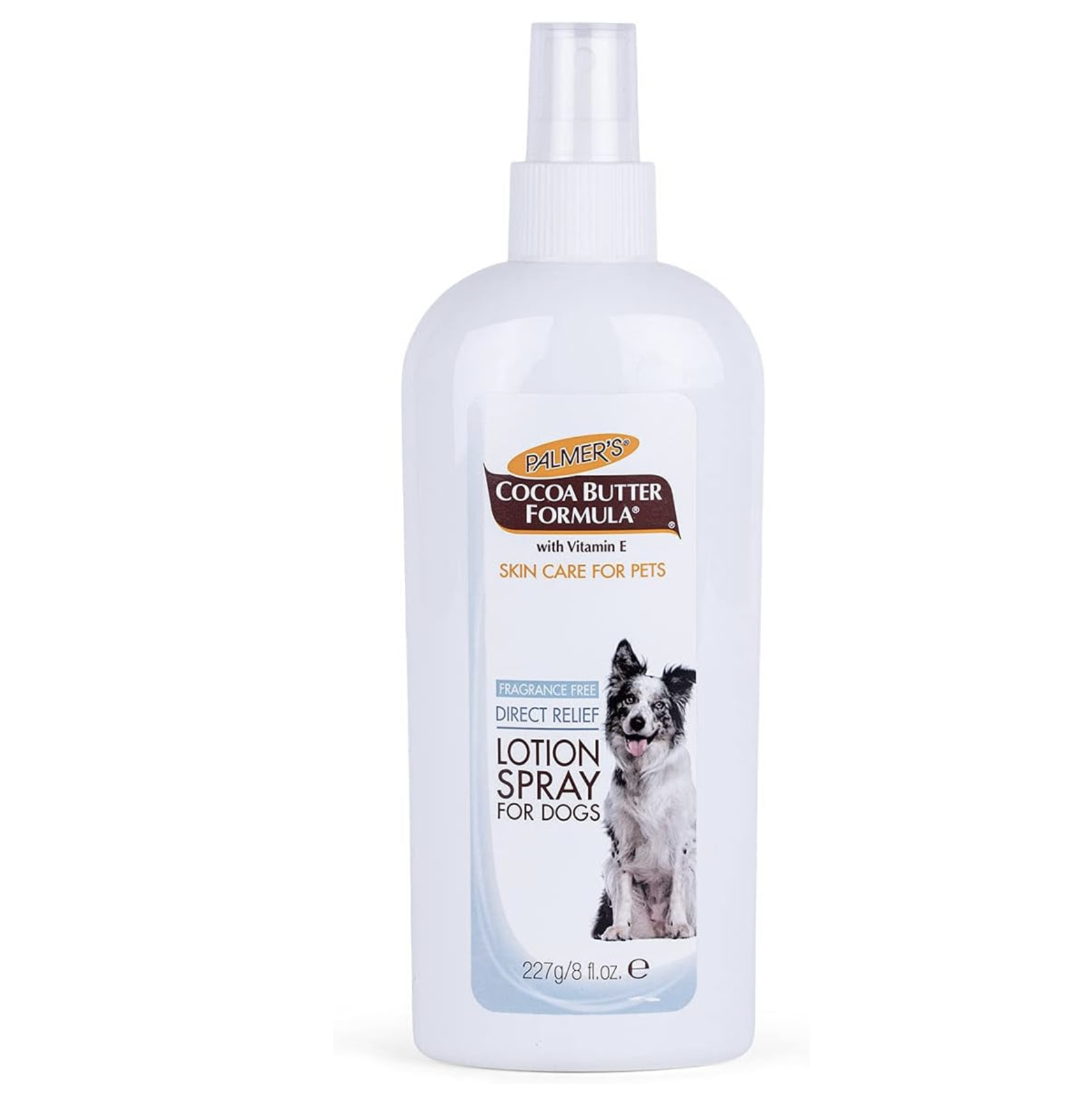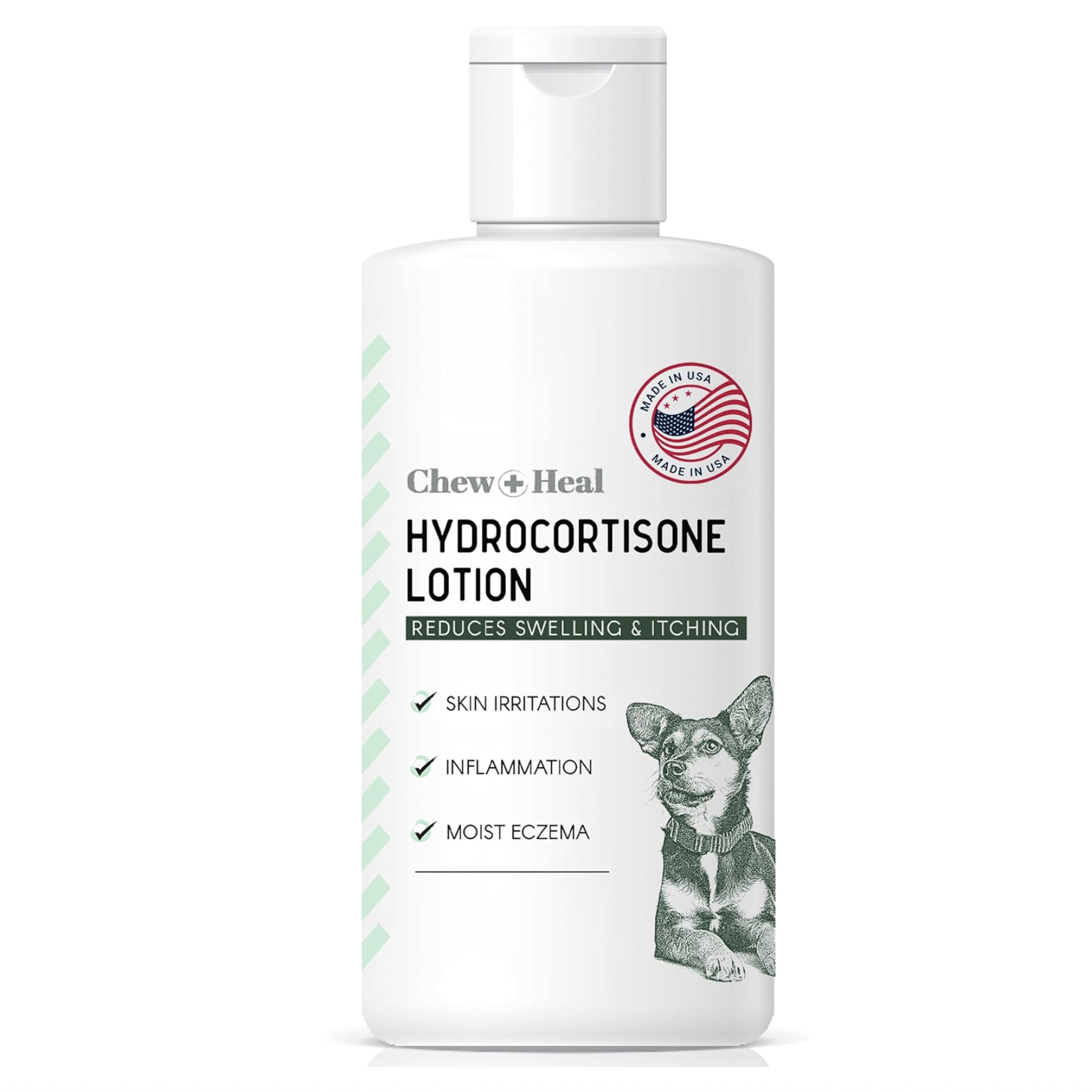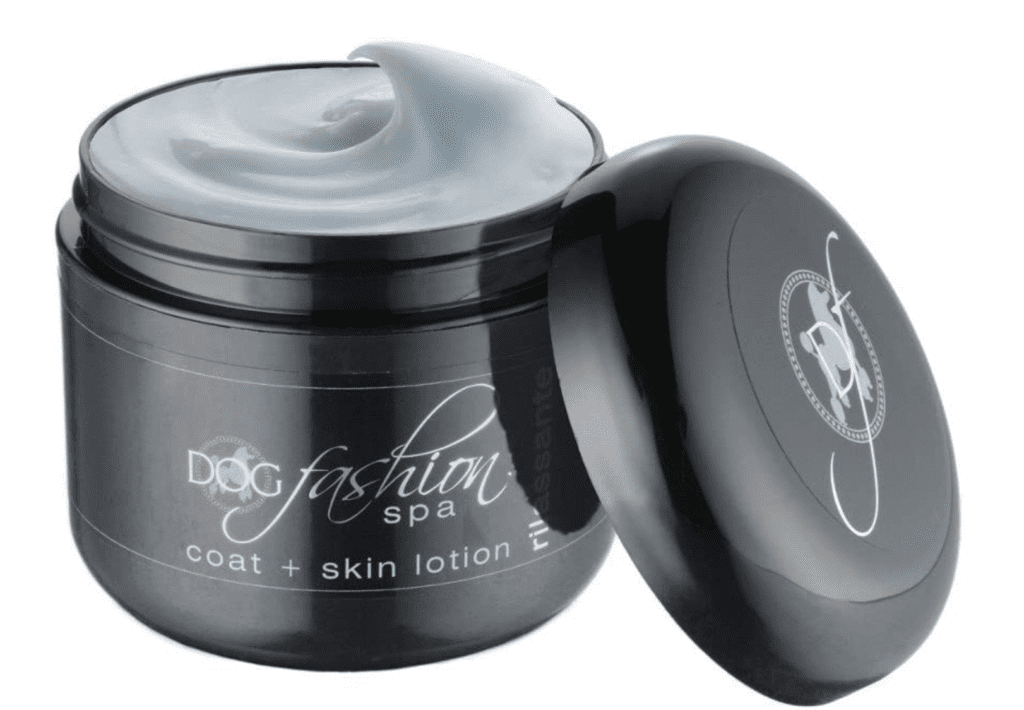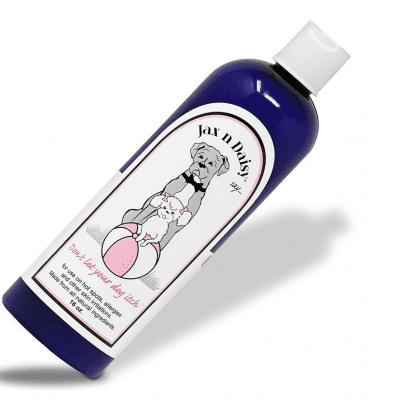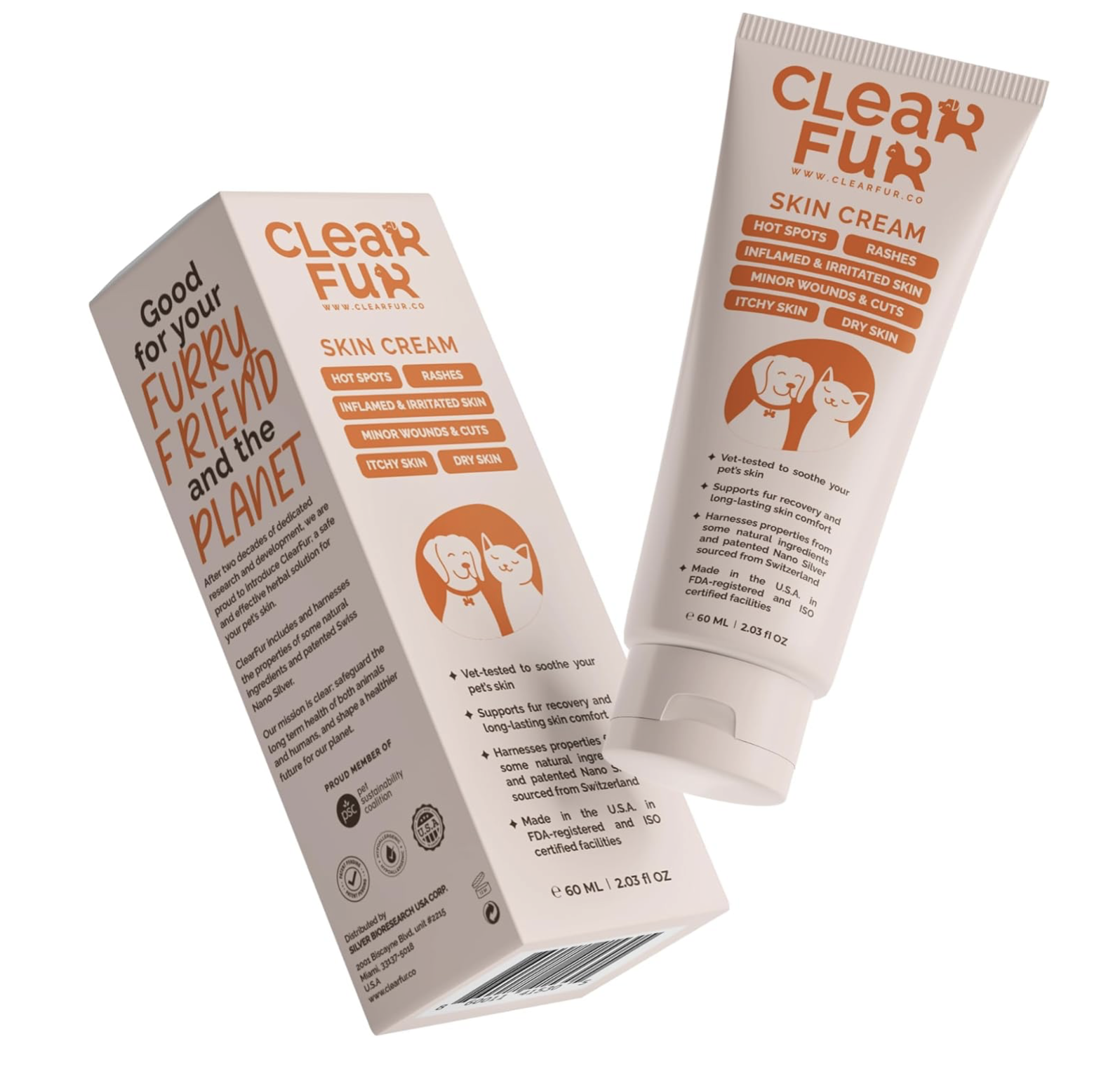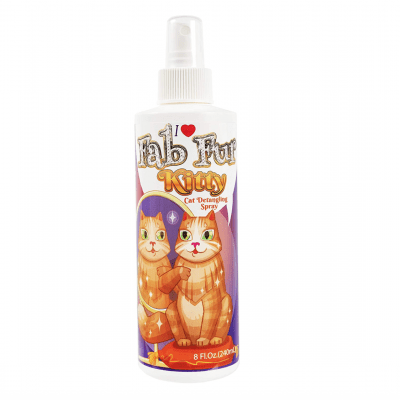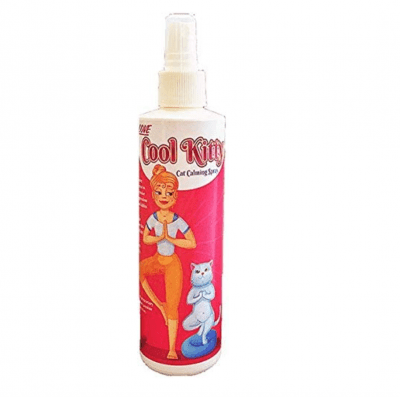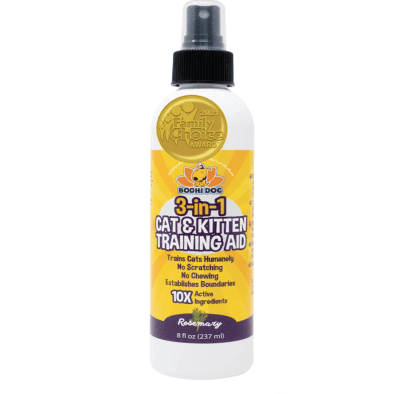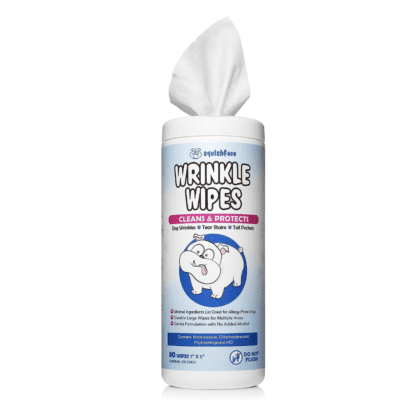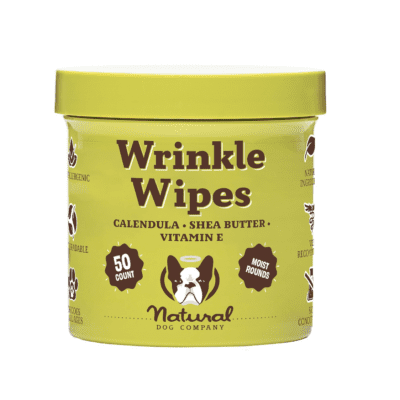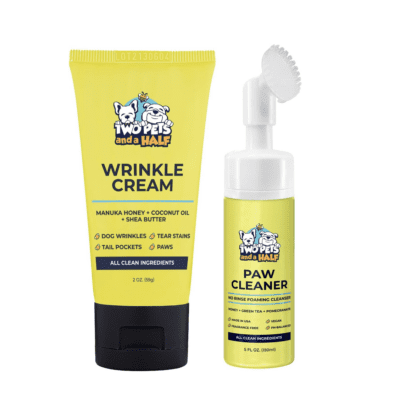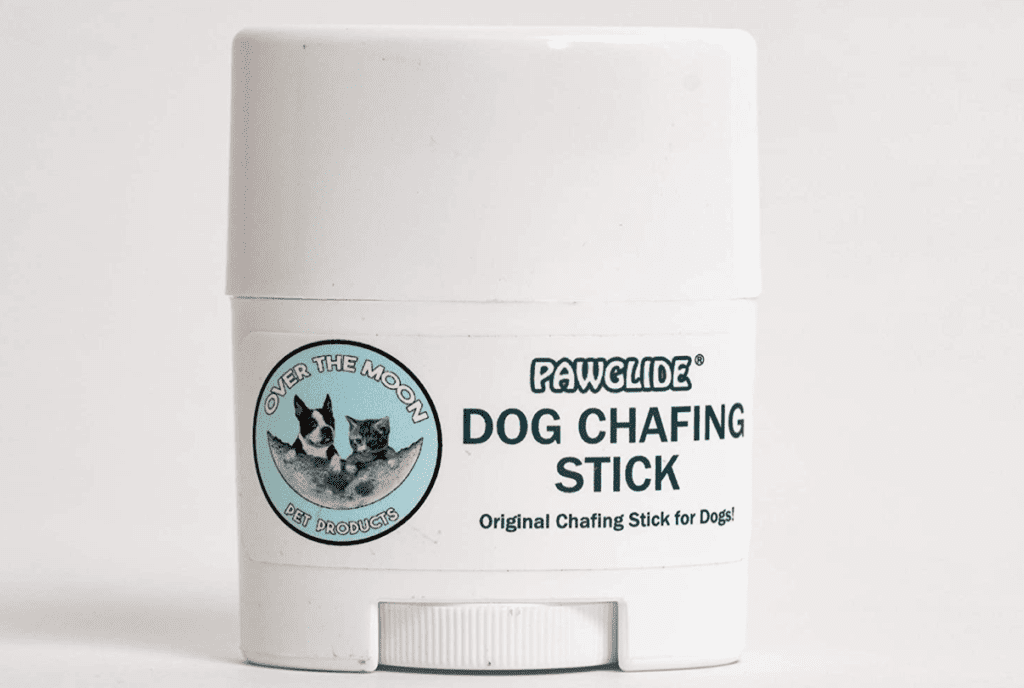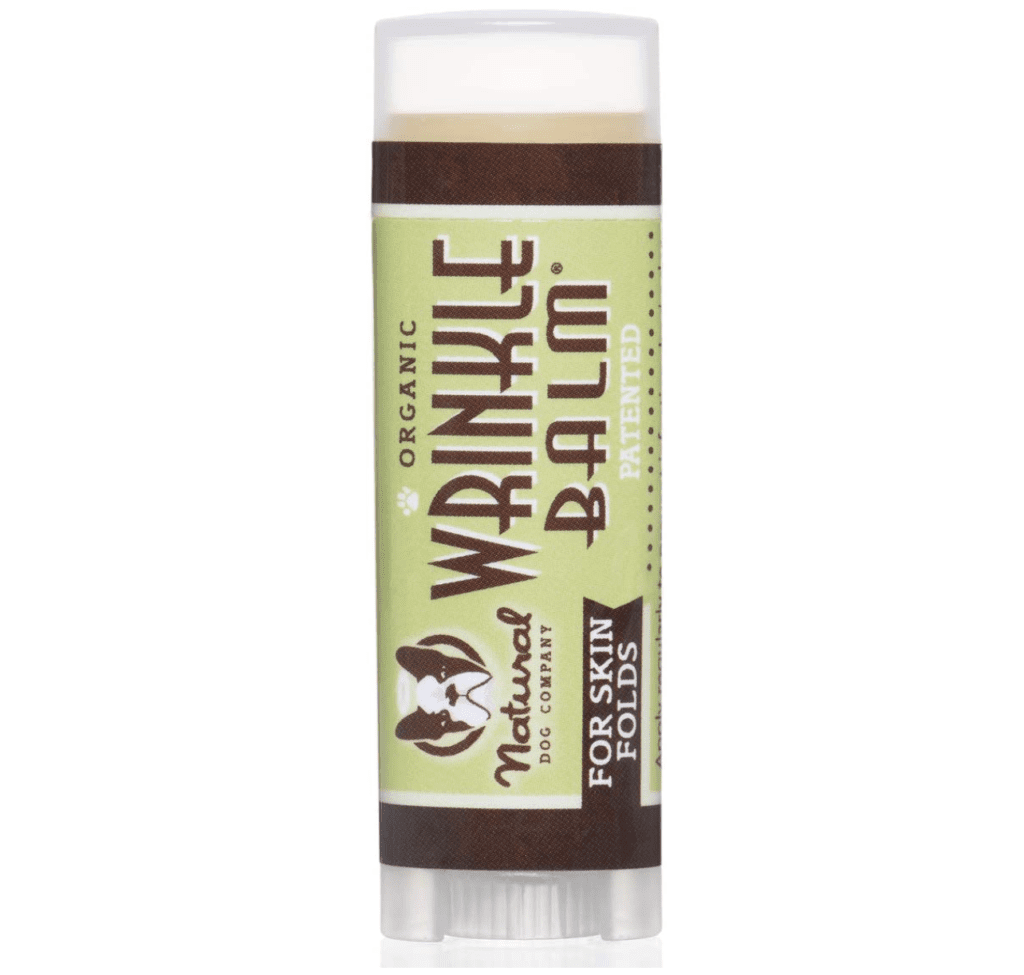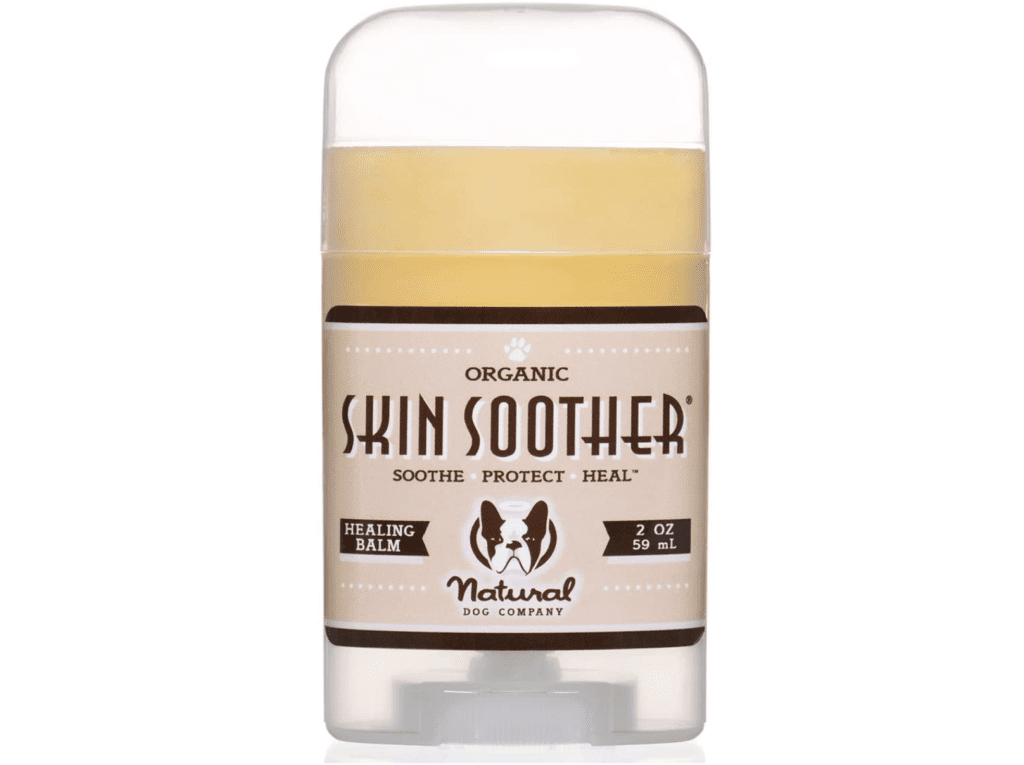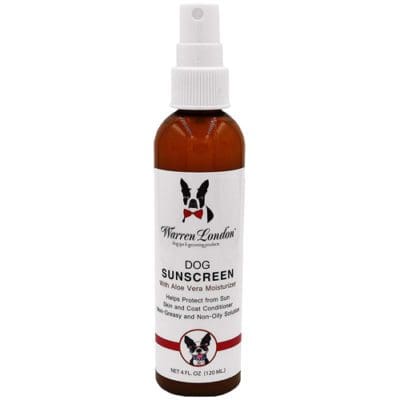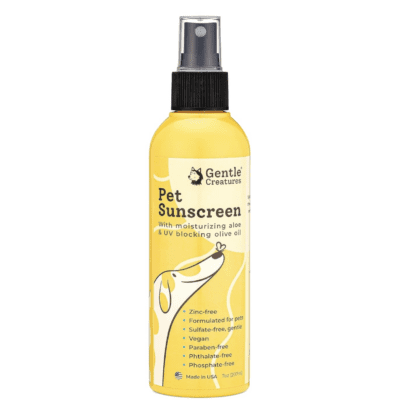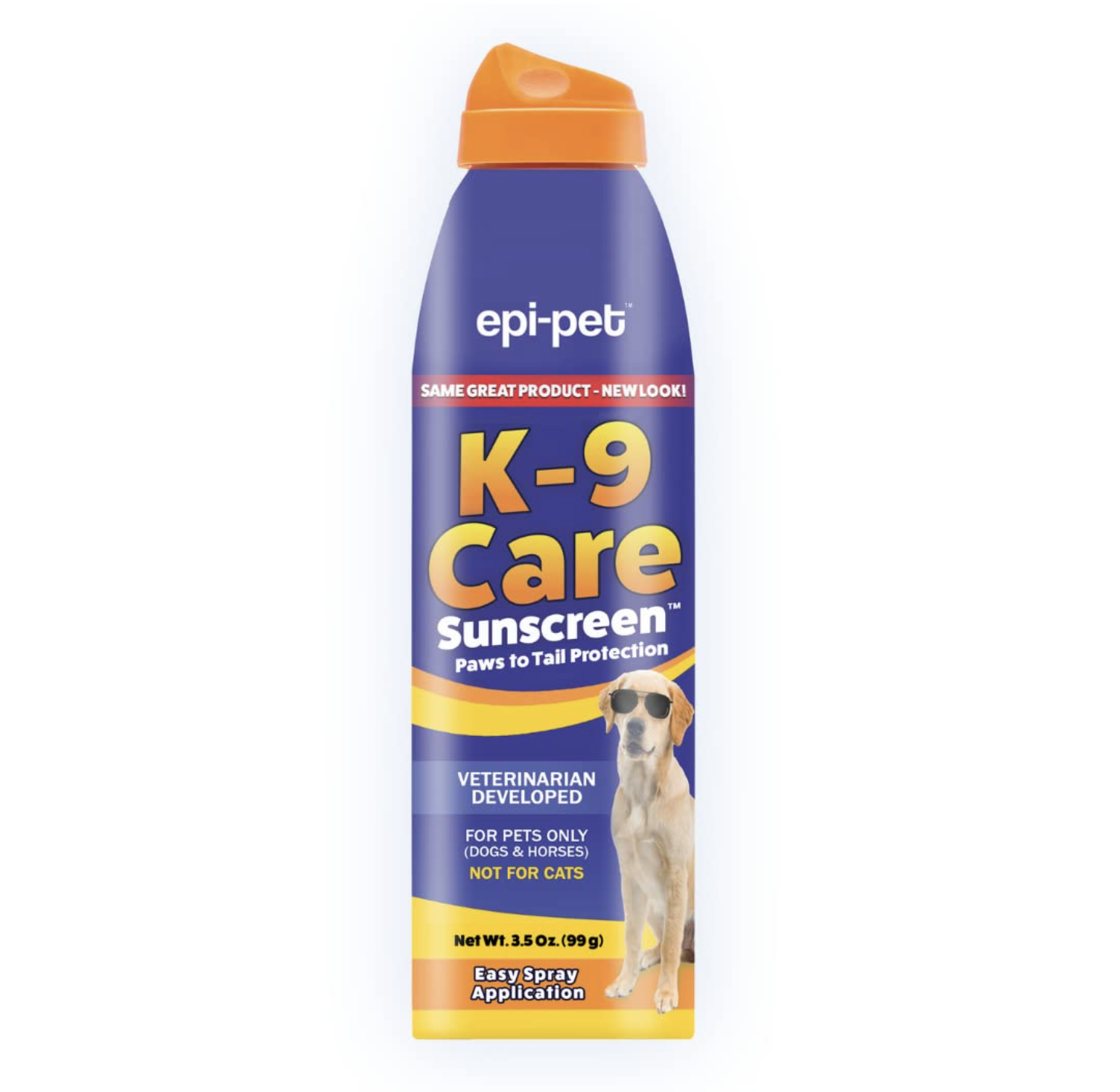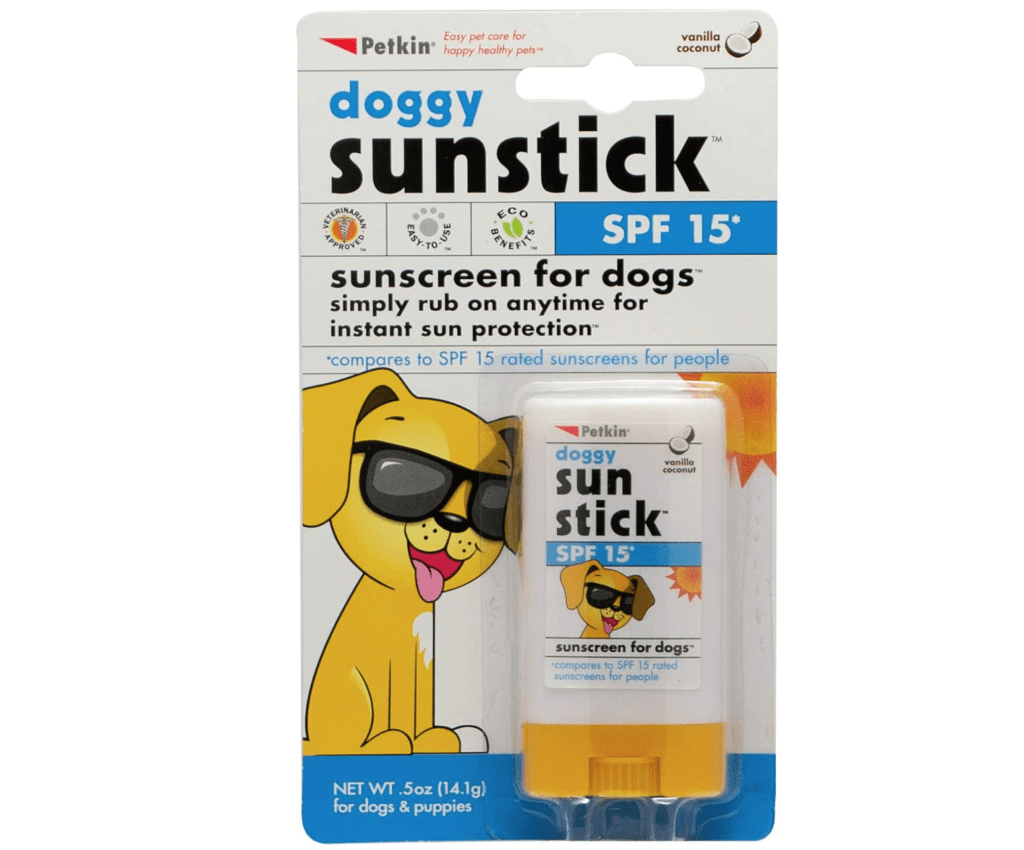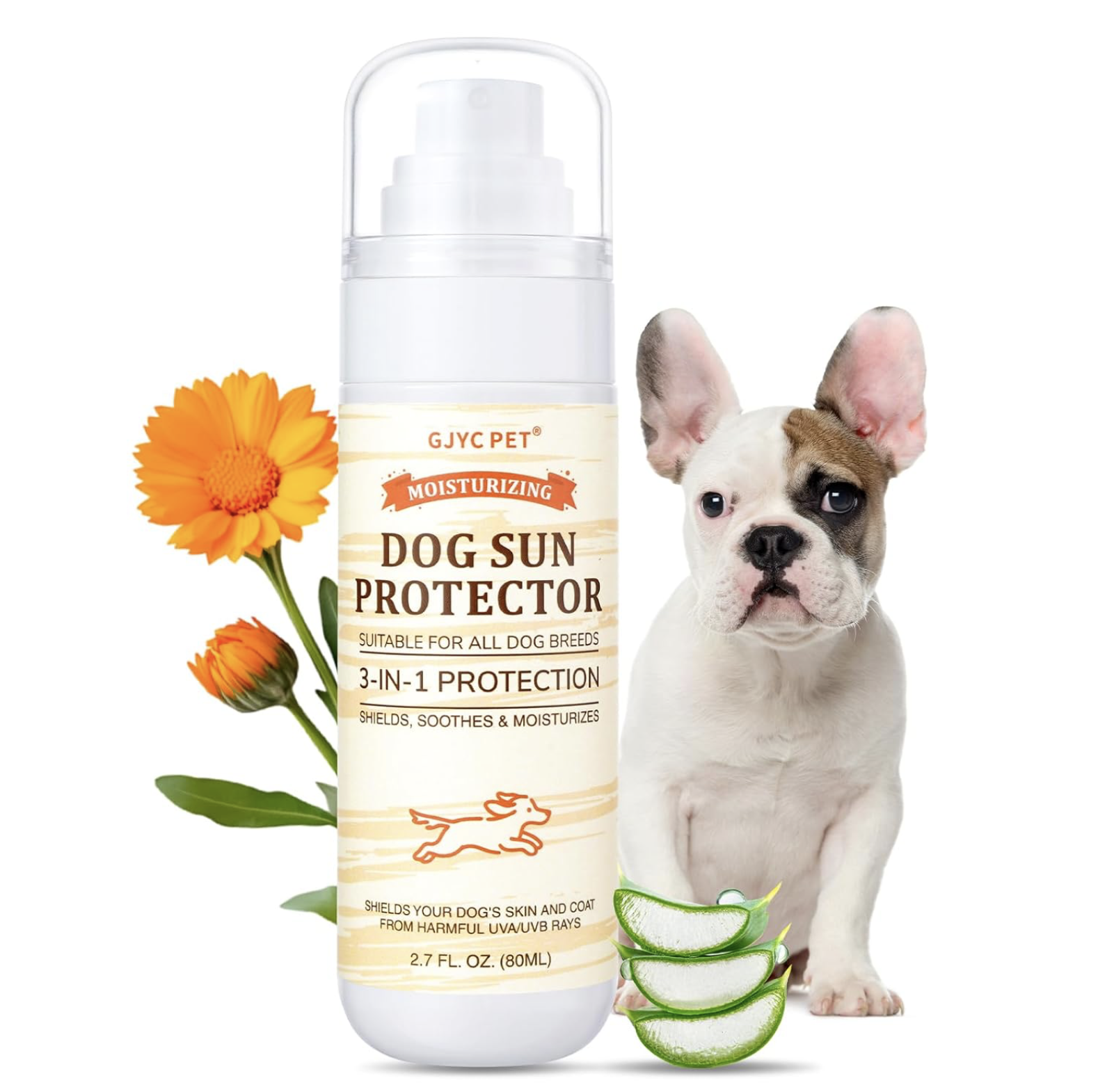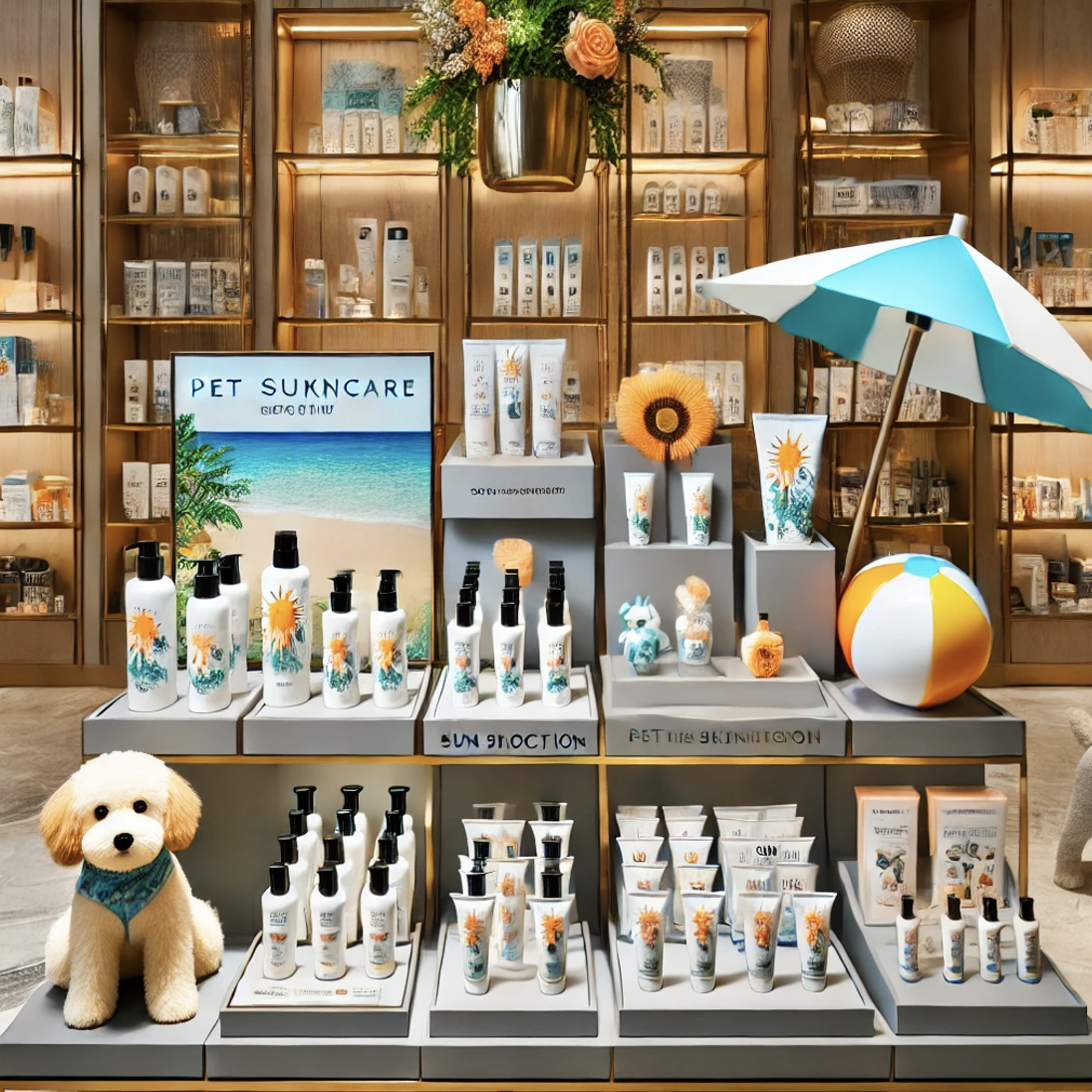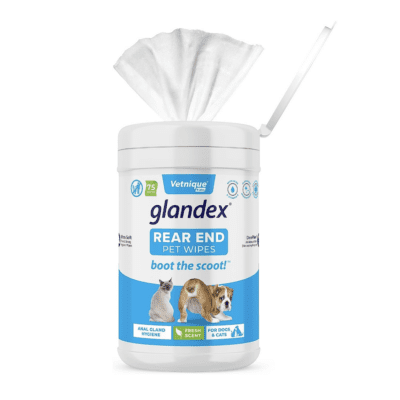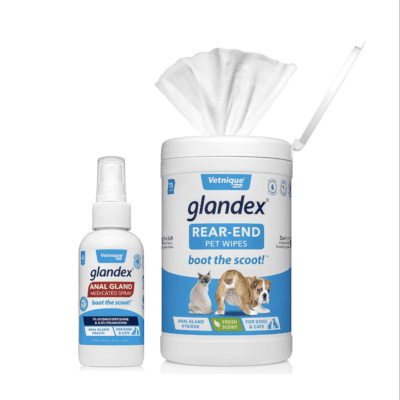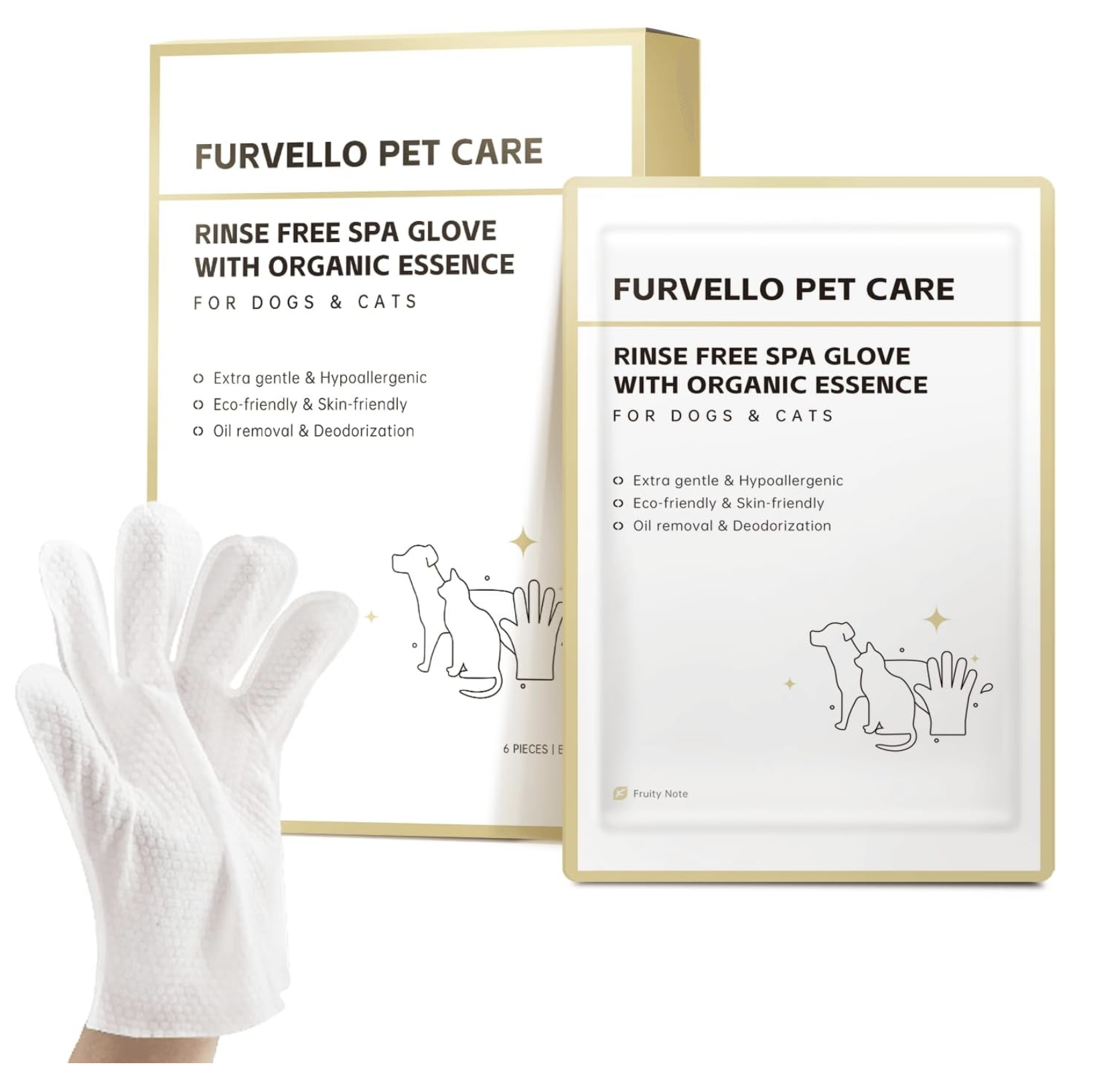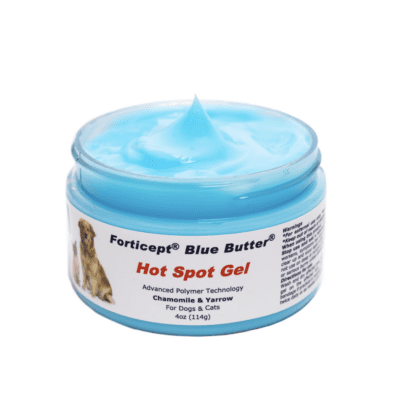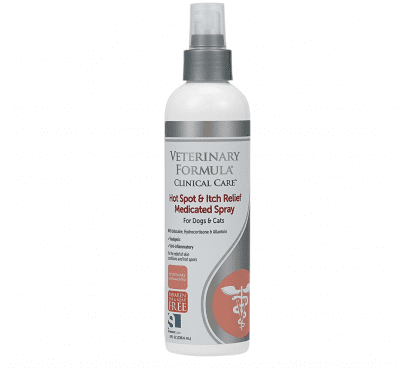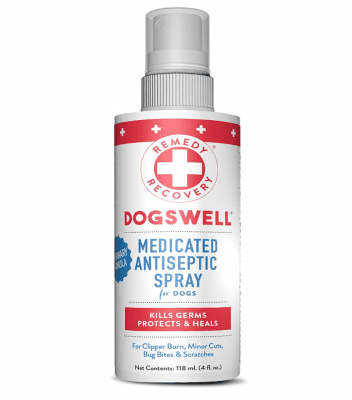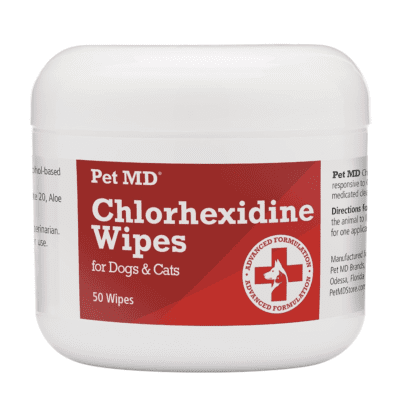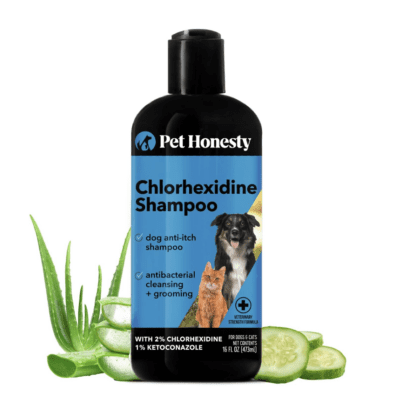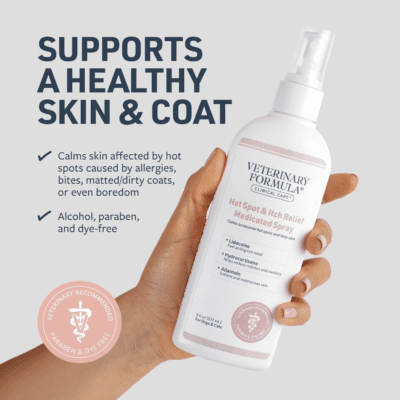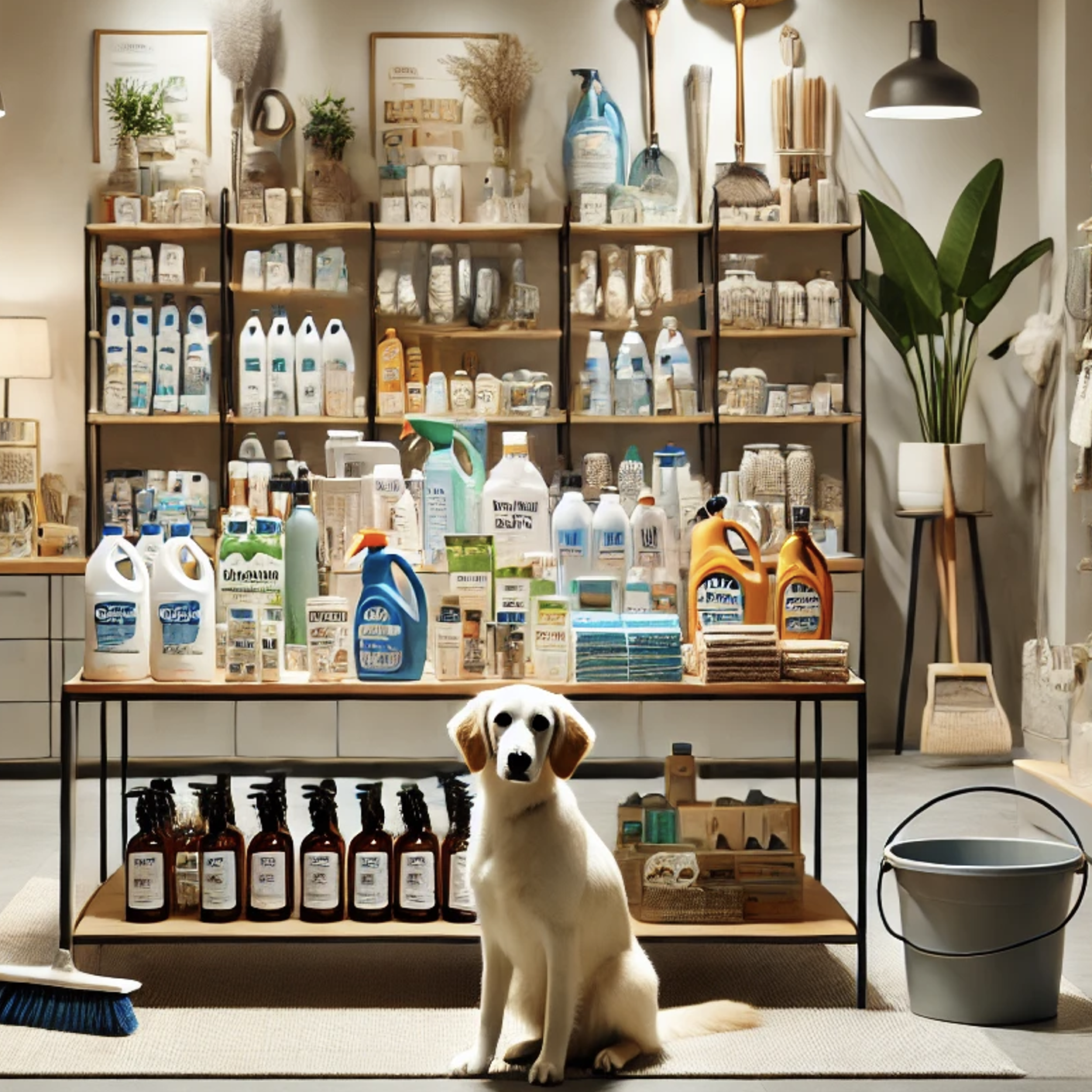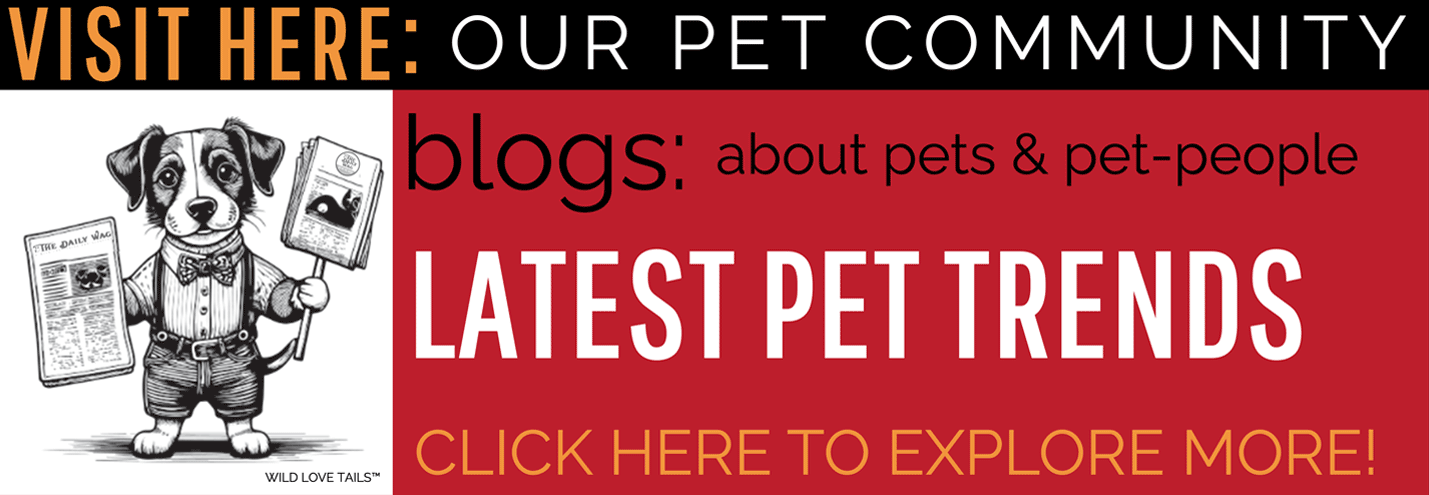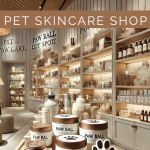
Pet Skincare Supply Shop
Skincare is a journey, not a destination.
Welcome to a Pet Skincare Shop – focused on pet skincare, paw balm, cream, eye cleansers and skin care health.
Welcome to our Pet Skincare Shop—where pampering meets purpose. From soothing paw balms and moisturizing nose butters to gentle wrinkle creams and nourishing lotions, we offer a carefully curated selection of pet-safe skincare essentials designed to protect, restore, and maintain healthy skin, paws, and delicate areas. Whether your pup needs help with dry noses, irritated skin, rough paw pads, or those adorable yet sensitive wrinkles, this is your go-to spa for dogs, cats, and beloved companions. Explore calming creams, healing ointments, and weather-protective balms made to support skin wellness through every season. Ideal for pet parents, groomers, and anyone dedicated to their pet’s comfort, care, and glow-up.
SCROLL TO EXPLORE THE SHOP
(click to learn more)
Pet Paw & Nose Repair Soothers & Balms
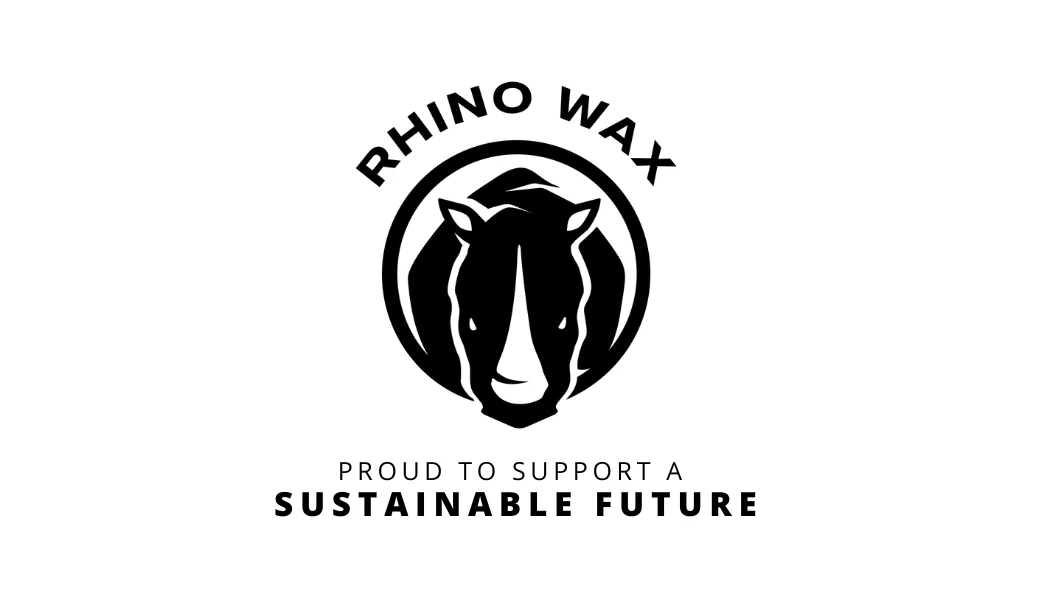
Rhino Wax offers all-natural dog paw care products designed to protect pets’ paws from harsh environmental elements like hot pavement, cold snow, and rough terrain. Made from 100% natural and sustainably sourced ingredients, these waxes provide lasting moisturization and protection while being easy to apply. Customers praise the effectiveness of these products, particularly for service dogs and active pets, ensuring their paws stay healthy and comfortable. With a focus on eco-friendly packaging and quality, Rhino Wax combines pet care with a commitment to sustainability.
Pet Body Wipes
Pet Ear Care
Pet Eye Cleaners and Wipes
Pet Care Lotions & Sprays
Chafing, Wrinkle and Pet Care Cream
The Best Pet-Friendly Sunscreens & Sun Skin Blocks
Always choose a pet-friendly or dog-friendly sunscreen, spray or lotion to avoid making your pet sick or even worse. Many people sunscreens contain Zinc which is poisonous to pets.
Rear End Wipes and Care Cleaners
Anal gland issues are a common reason for veterinary visits, and while many dogs never have problems with their anal glands, others may require regular care and maintenance to prevent discomfort and infection.
Dog anal glands, also known as anal sacs, are two small glands located on either side of a dog’s anus at approximately the 4 o’clock and 8 o’clock positions. These glands produce a smelly, oily substance that is secreted through tiny ducts into the anal canal. The substance is used for marking territory and as a means of communication between dogs, providing information about the animal’s identity and possibly its health status.
Normally, the anal glands are naturally expressed when the dog defecates. The pressure of the feces passing through the anal canal presses against the glands, causing them to release their contents. However, some dogs may have difficulty expressing their glands naturally due to various reasons such as soft stools, obesity, or anatomical differences.
Anal gland issues are relatively common in dogs and can range from impaction (clogged glands) to infections and abscesses. Signs of anal gland problems include scooting (dragging the rear end along the ground), licking or biting at the anus, a foul smell, or visible discomfort. If a dog is showing signs of anal gland issues, veterinary attention is needed. A vet or a trained professional can manually express the glands to relieve discomfort.
Regular check-ups with a veterinarian can help identify and manage anal gland problems before they become severe. A healthy diet that promotes firm stools can also help support natural expression of the anal glands.
Pet Wound and Hot Spot Care
What are Dog Hot Spots?
Dog Hot Spots, also known as acute moist dermatitis, are localized areas of skin inflammation and bacterial infection that can appear suddenly and spread rapidly. These lesions are typically found on a dog’s head, hip, or chest area but can occur anywhere on the body. Hot spots are characterized by intense itching, redness, and pain, leading to further irritation, infection, and discomfort as the animal licks, bites, and scratches the affected area.

What is Chlorhexidine?
Chlorhexidine is an antiseptic and disinfectant agent used in pet products to help dogs and cats who are battling against various types of bacteria, fungi, and some viruses. It is effective for cleaning and disinfecting skin and wounds, helping them to heal faster. When considering the use of any pet-friendly product like chlorhexidine products, it is always a good idea to check with your veterinarian first to ensure you are using the right product, the right amount and the right formulation.
CHOOSE WHERE YOU WANT TO GO NEXT!
OR GET TO KNOW US BETTER




